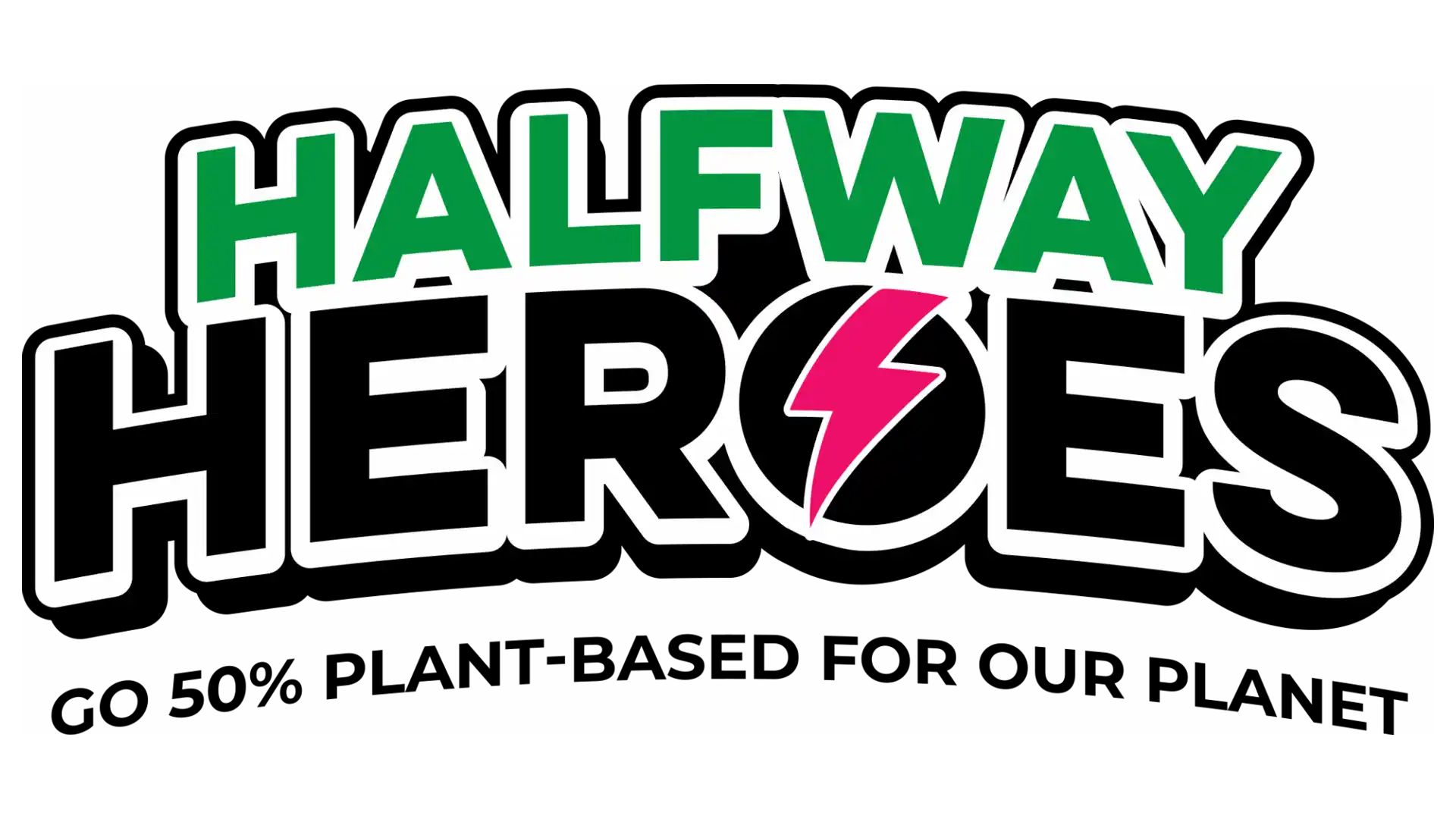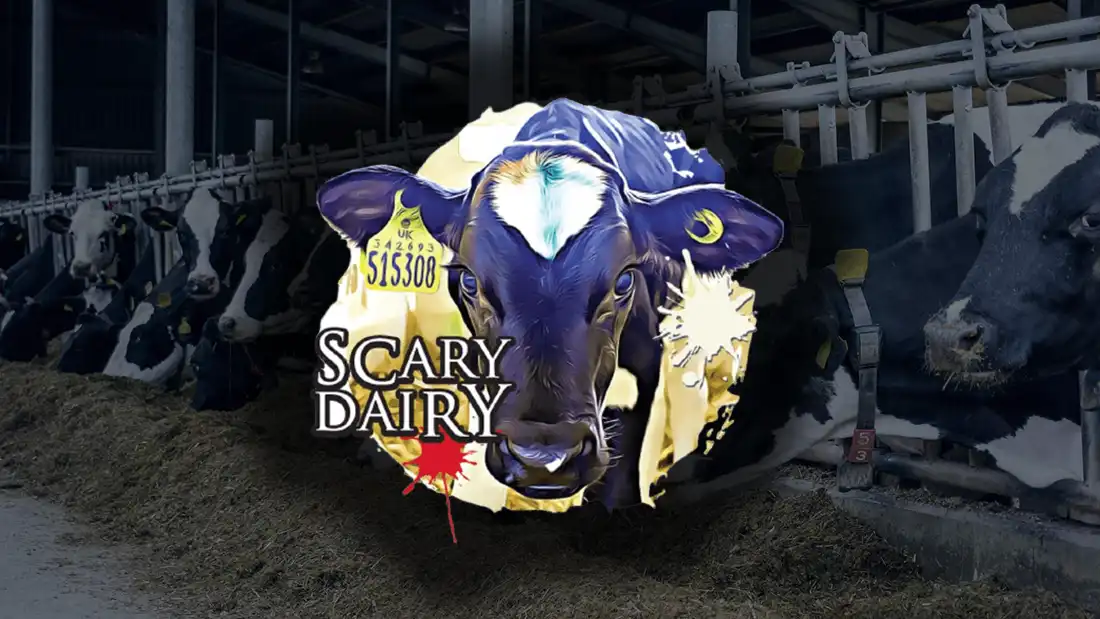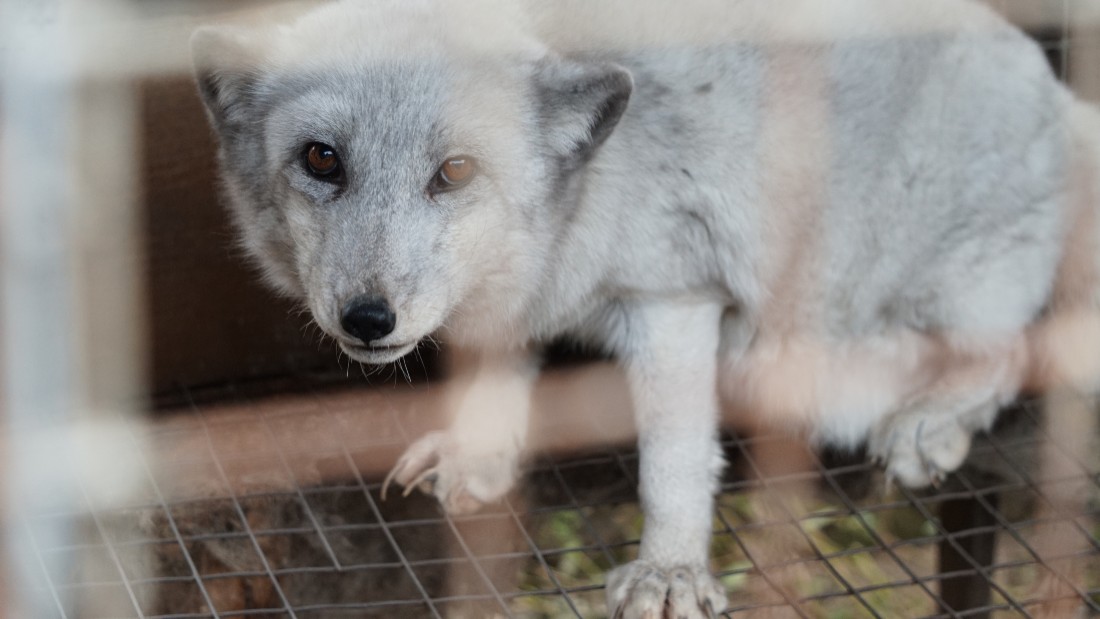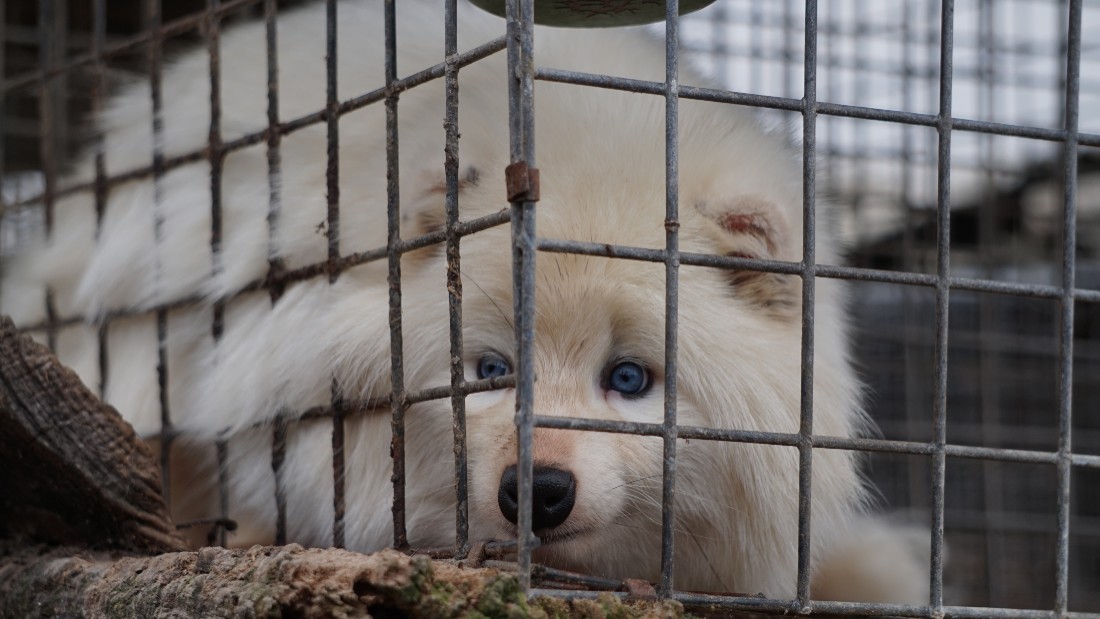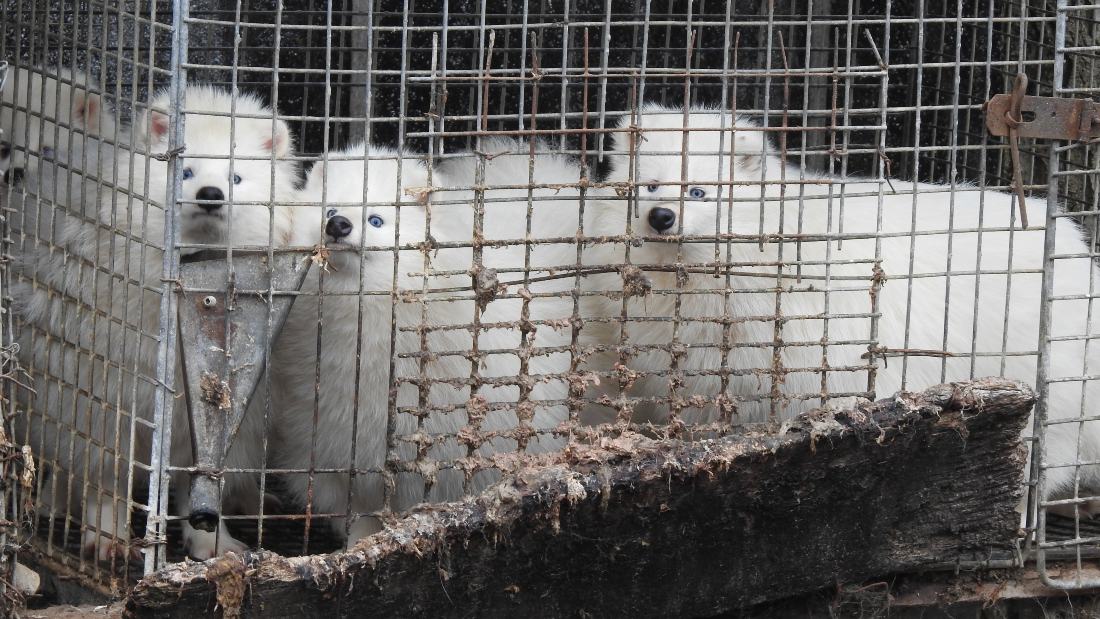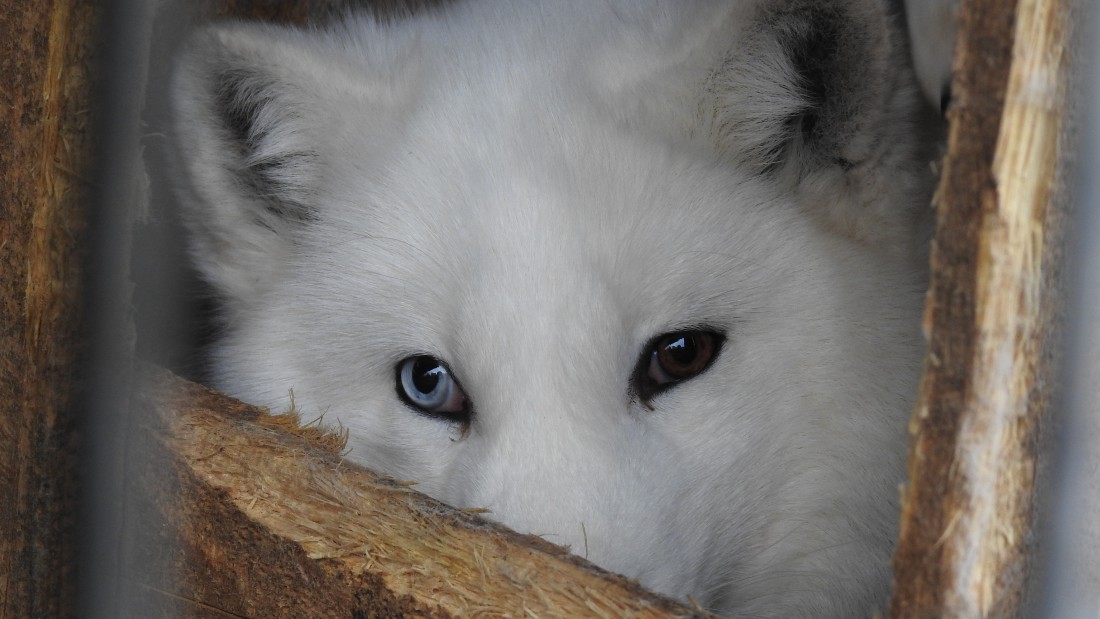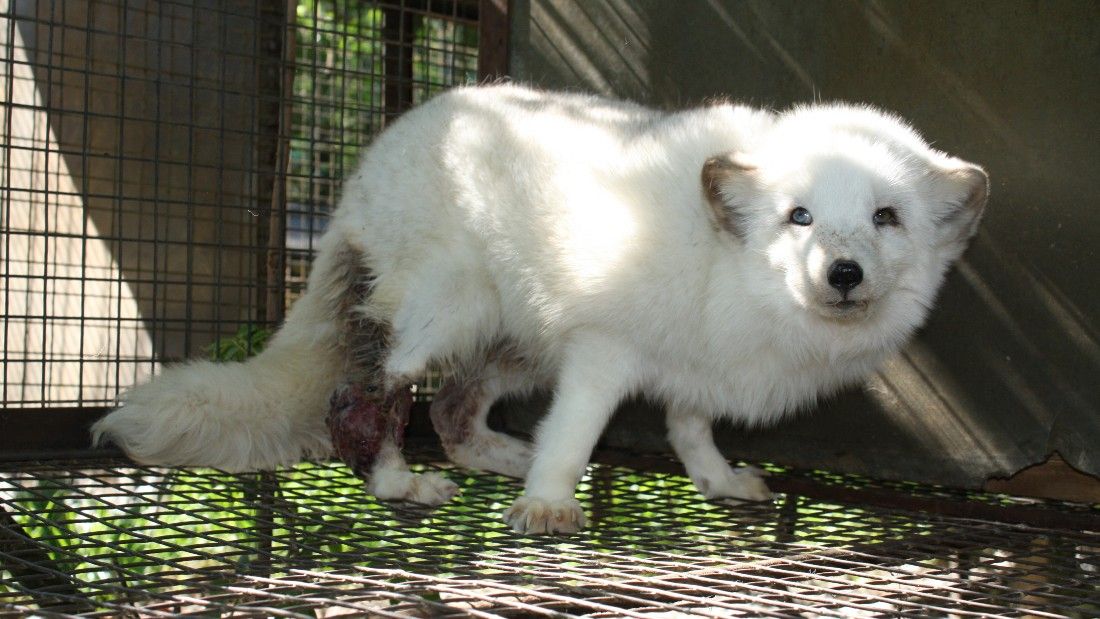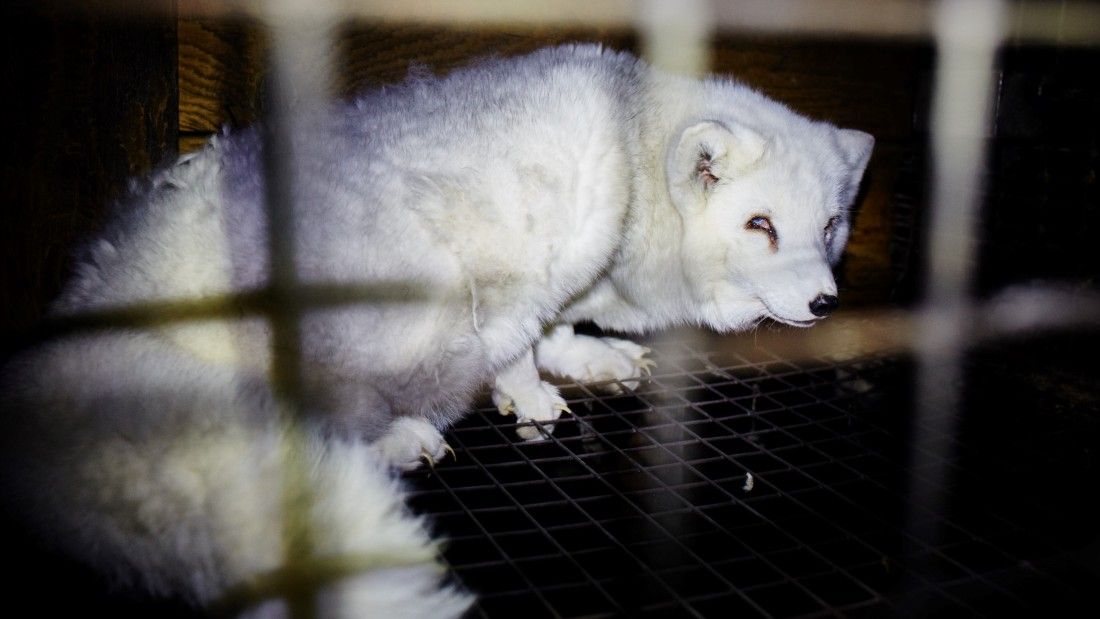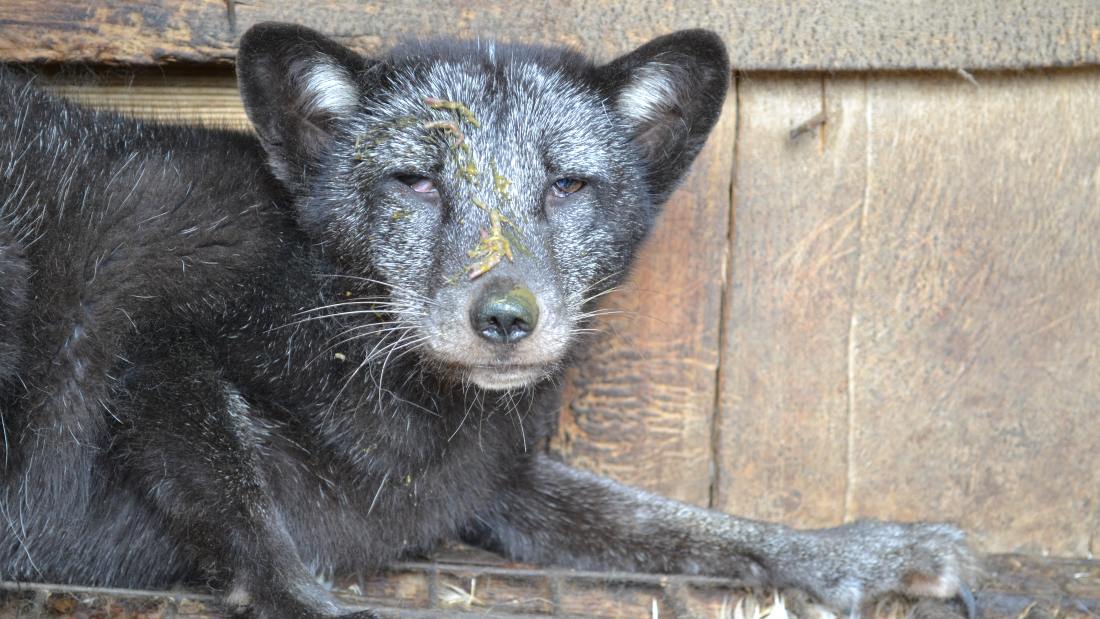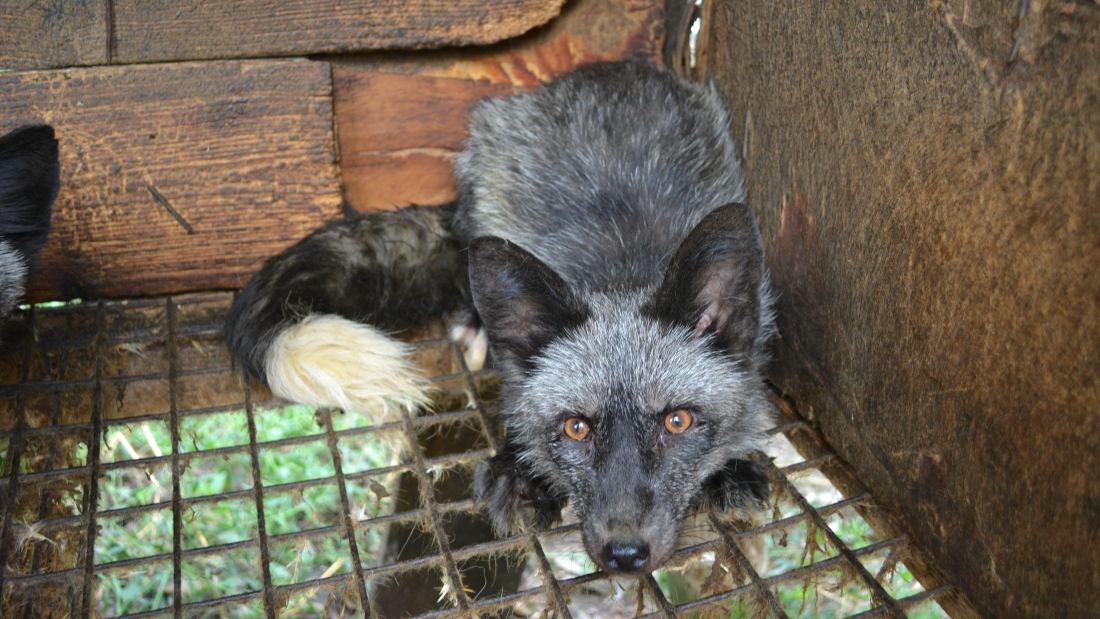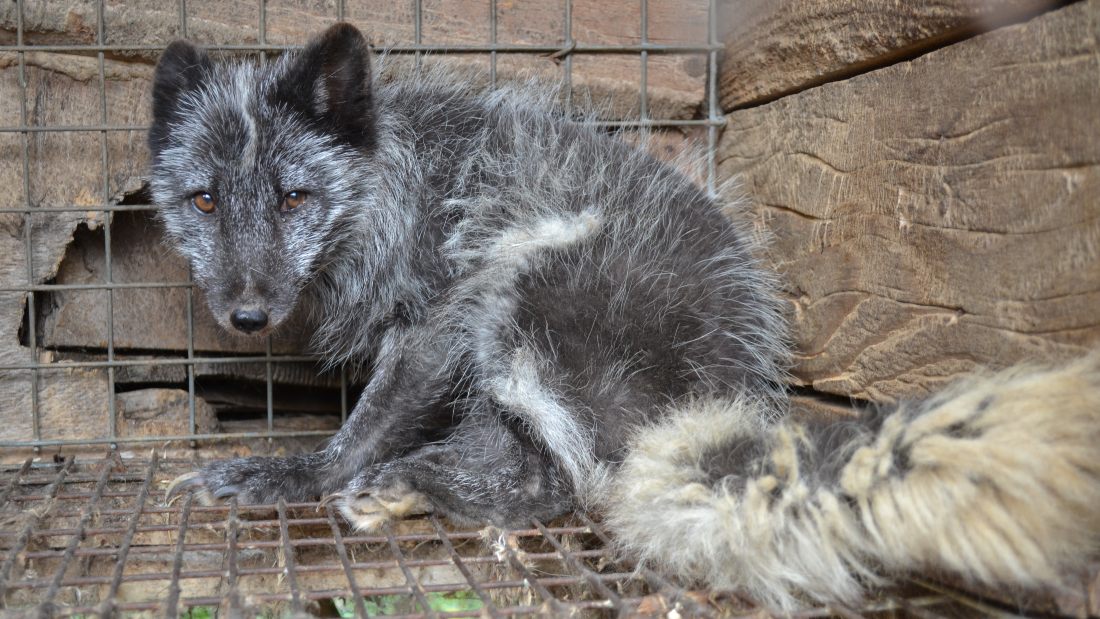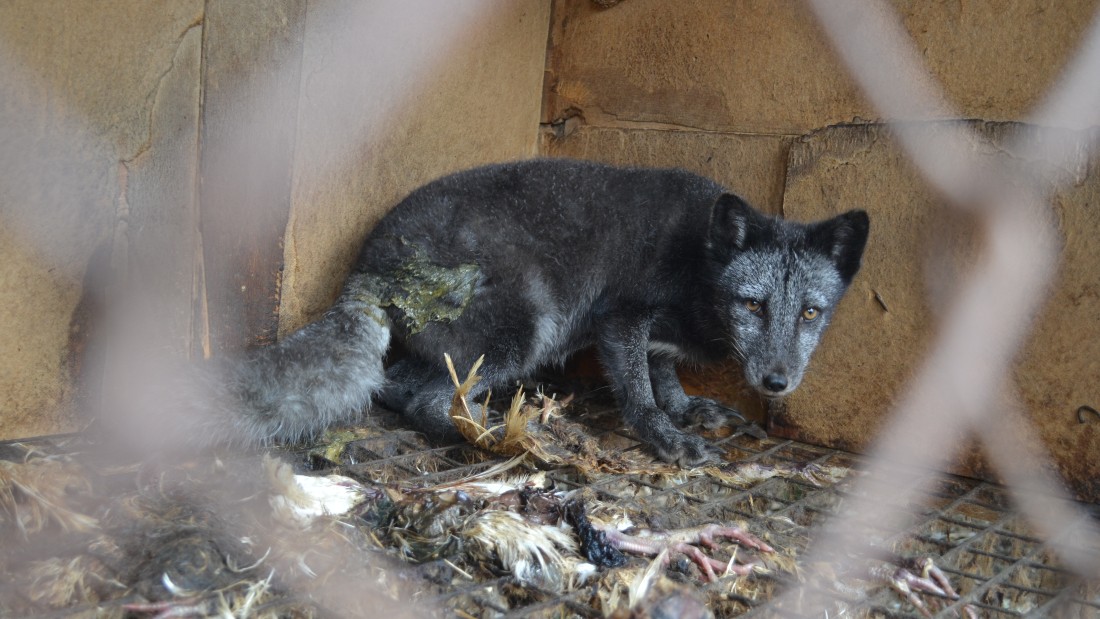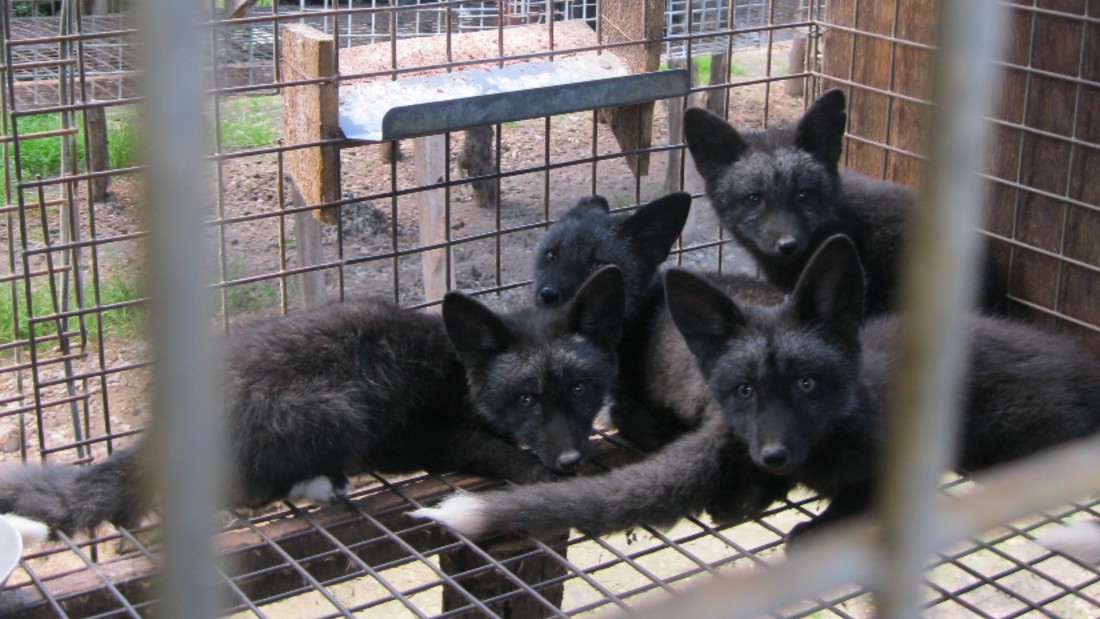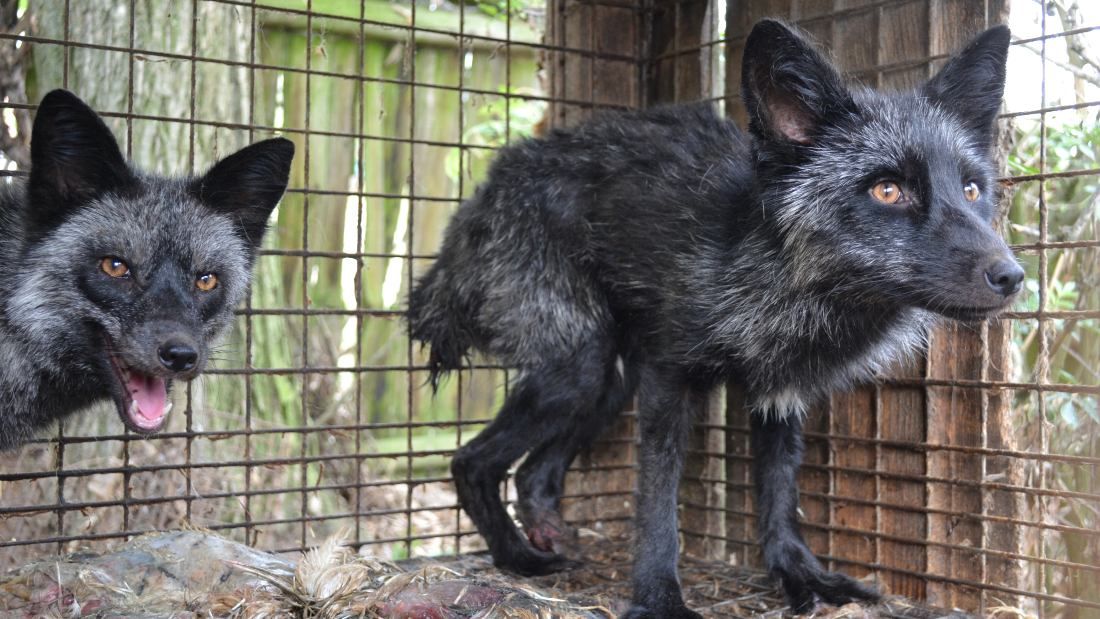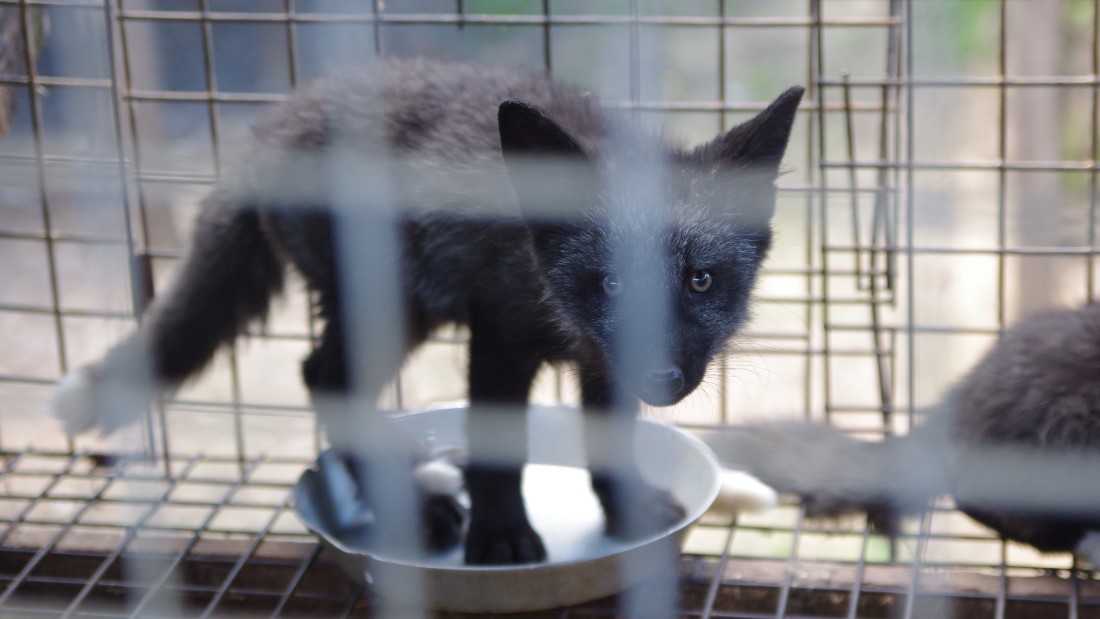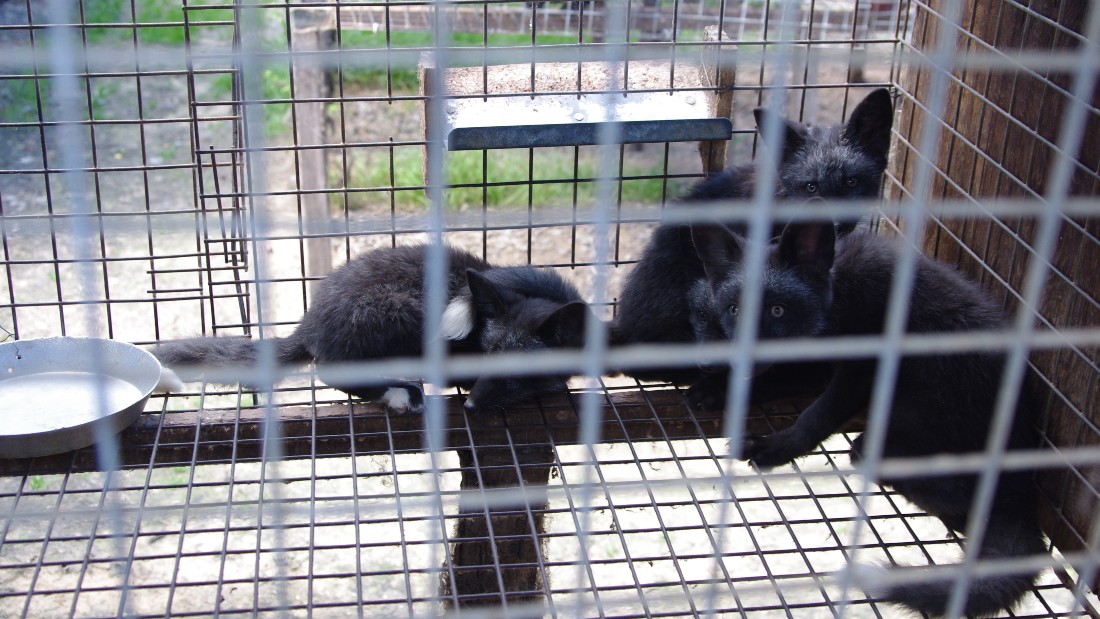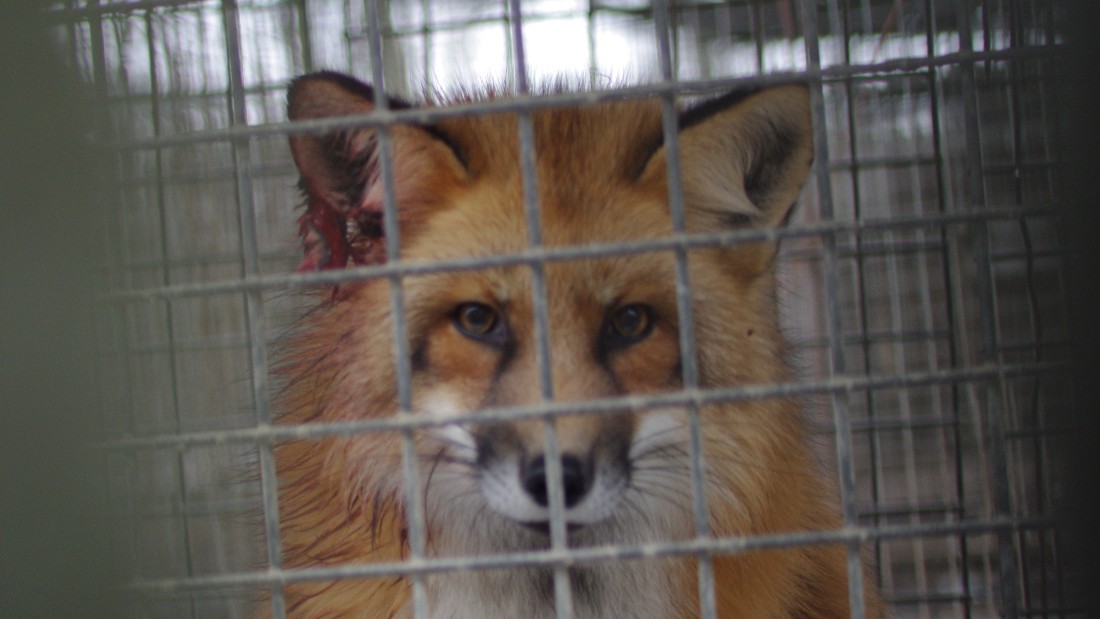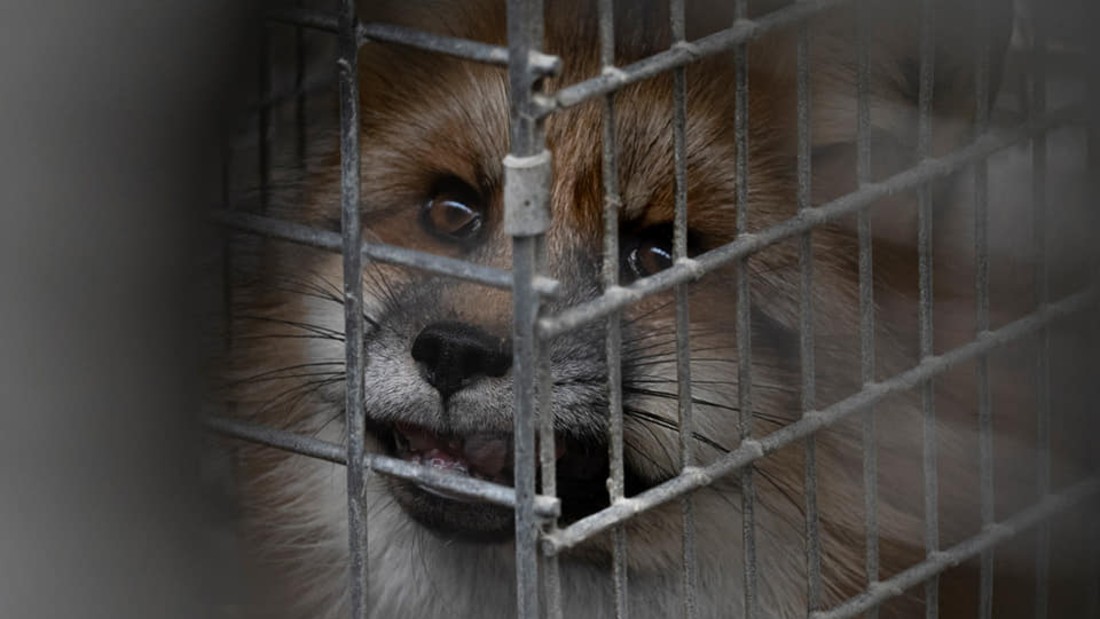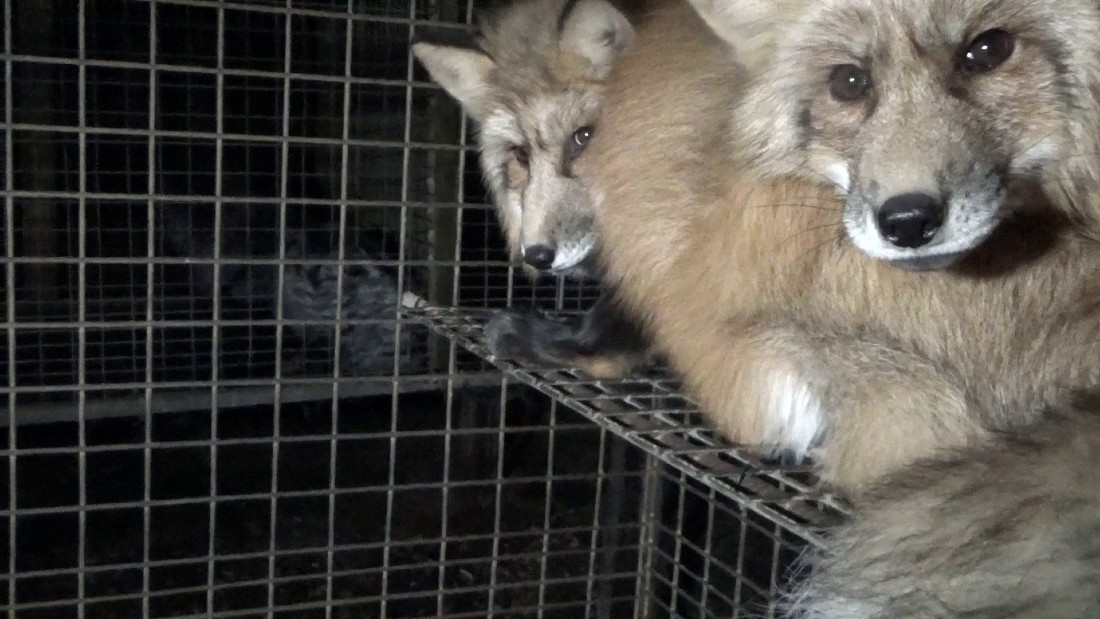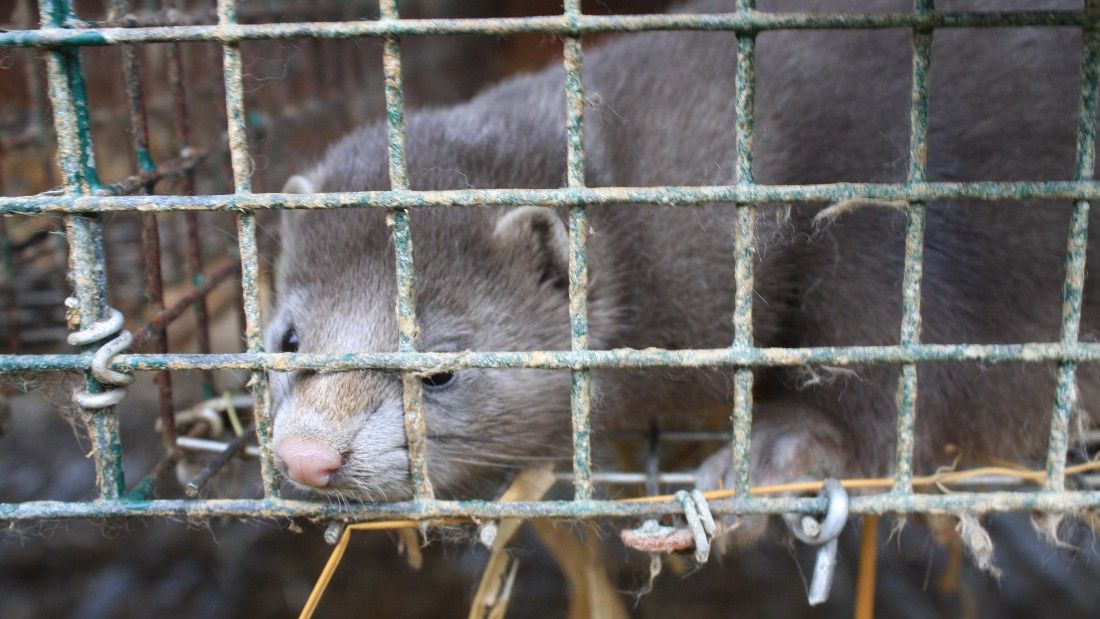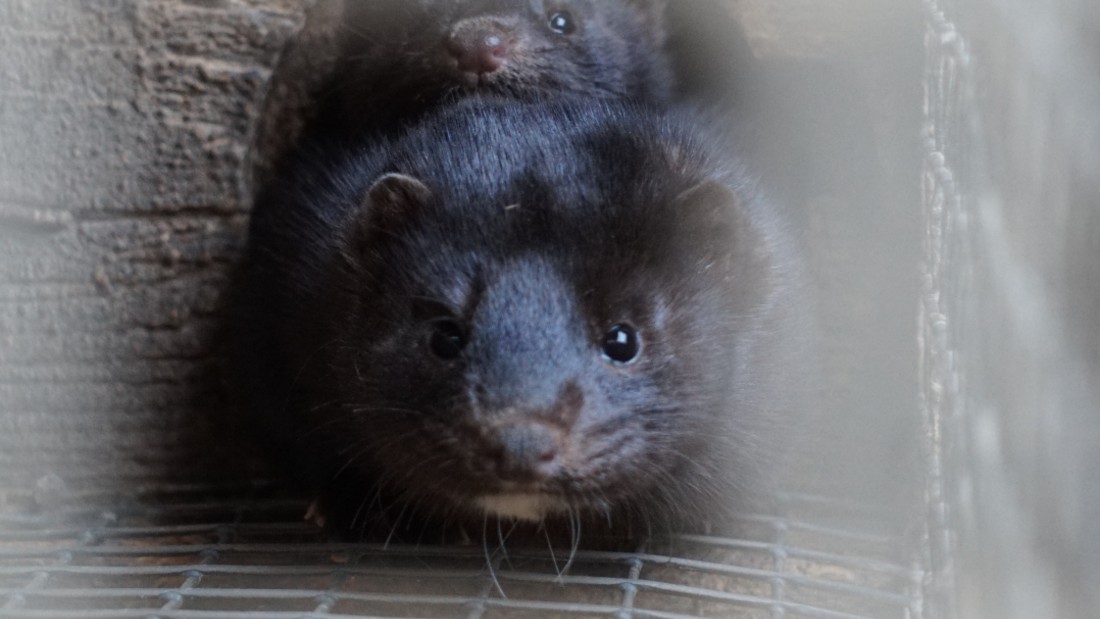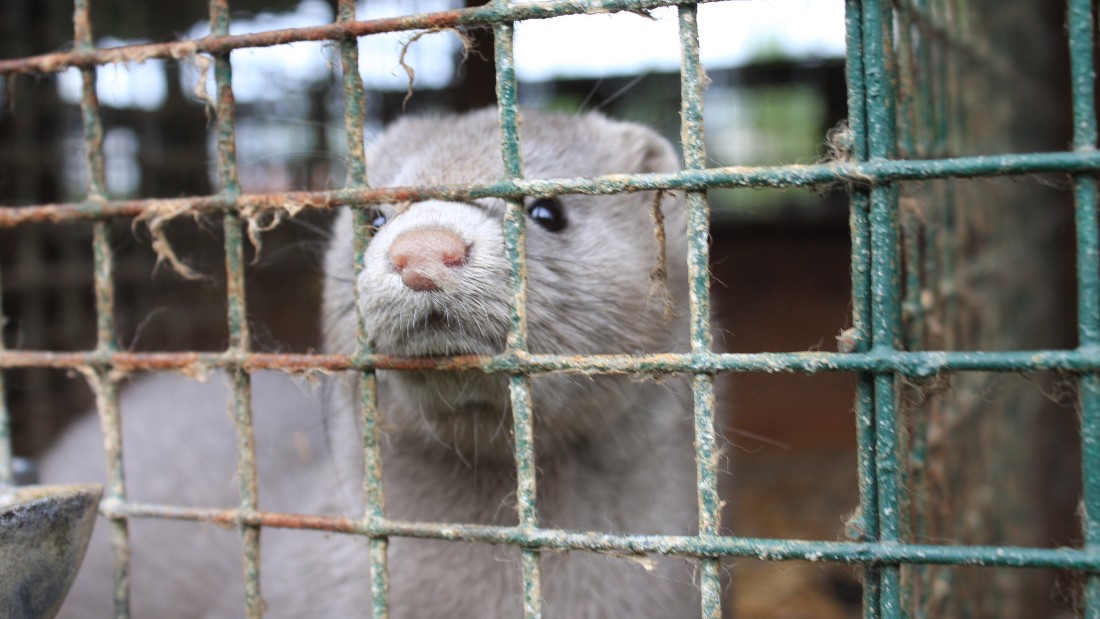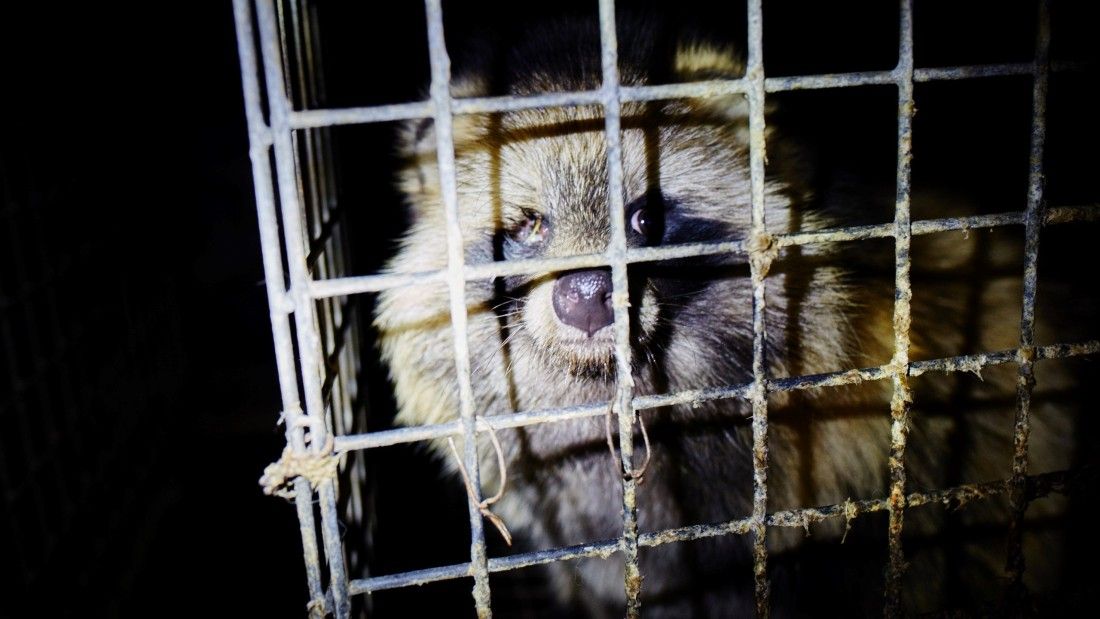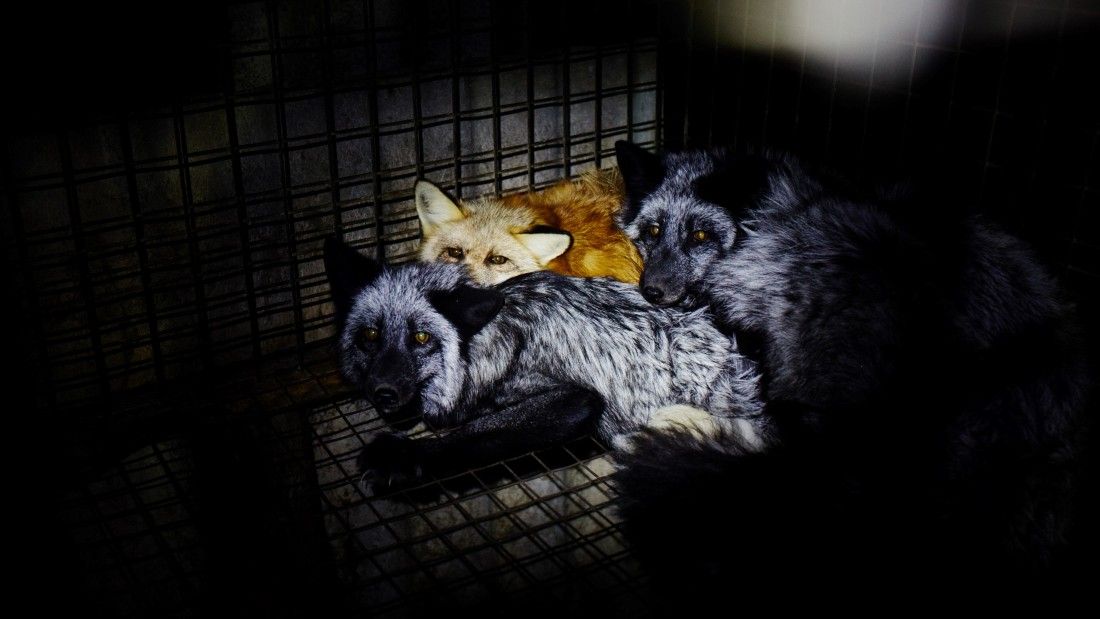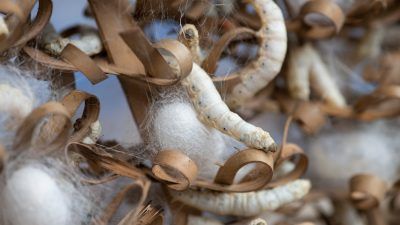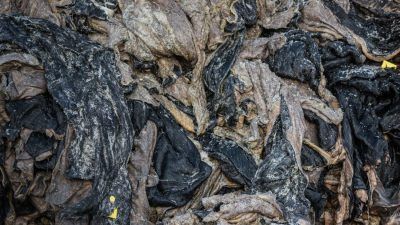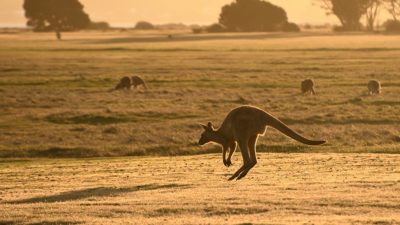Fur
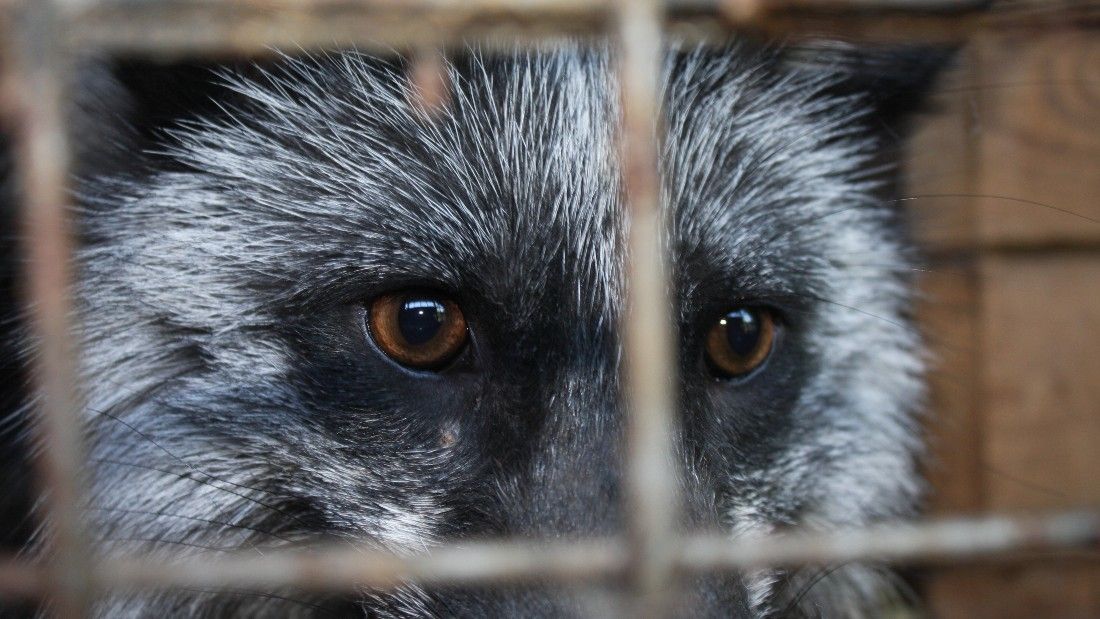
Fur has long-been considered a luxury clothing item. In the 1970s it peaked as a sign of wealth, and even today, although public opinion is unequivocally against the use of fur, it remains a shallow status symbol for those who care more about high-end fashion than the ethics of their clothing.
When our prehistoric ancestors dressed in animal skins and fur, it was a necessity for survival, but today, with so many alternative cruelty-free clothing items, it is utterly and inexcusably cruel. Viva! strongly believes the fur trade should be consigned to the history books.
Every year, around 100 million poor animals are raised and killed for their fur.3Fur Free Alliance. 2020. ‘Fur Farming’. Available at: https://www.furfreealliance.com/fur-farming/ [Accessed 4 December 2020].
The vast majority of fur used in the fashion industry comes from mink. Mink belong to the family Mustelidae, which also includes weasels, otters, chinchillas and ferrets. They are small, semi-aquatic carnivorous mammals. After mink, the second most common animals killed for their fur are foxes, raccoons and rabbits and then wild-trapped animals such as coyote, lynx, beavers and otter.4Humane Society International. Political Briefing Paper One: The case for a ban on the UK fur trade. Available at: https://www.furfreebritain.uk/resources/HSI-Political-Briefing-One-The-case-for-a-ban-on-the-UK-fur-trade.pdf [Accessed 4 December 2020]. The UK even imports the fur of beautiful black bears from Canada.
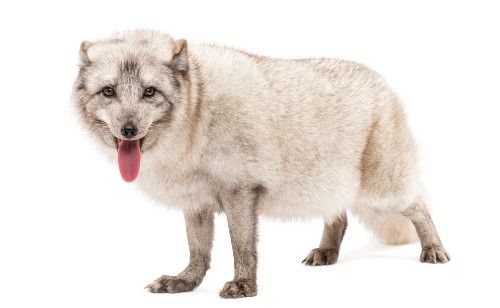

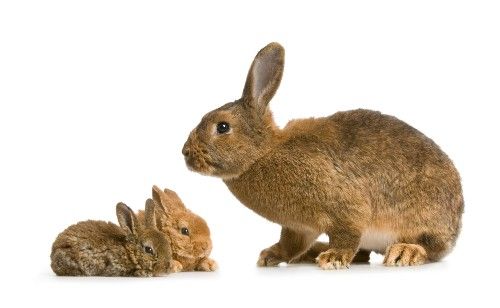
After much campaigning by animal rights groups and due to public opposition, the Fur Farming (Prohibition) Act was passed in 2000, banning fur farming in England and Wales in 2000 and Scotland and NI in 2002.10Legislation.gov.uk. 2000. Fur Farming (Prohibition) Act 2000. Available at: https://www.legislation.gov.uk/ukpga/2000/33/contents [Accessed 4 December 2020].
Before the ban came into effect there were 11 fur farms in the UK, producing up to 100,000 mink skins each year.11BBC News. 2000. ‘Campaigners hail fur ban bill’. BBC News. Available at: http://news.bbc.co.uk/2/hi/uk_news/politics/1034562.stm [Accessed 4 December 2020].
Although the Fur Farming (Prohibition) Act makes it illegal for animals to be farmed specifically for fur, their skins can still be sold as a byproduct of the meat industry. Rabbits in particular fall victim to this loophole, which means the UK is, in effect, still fur farming.12Animal Aid. 2021. Help Ban Fur Sales in the UK! Available: https://www.animalaid.org.uk/ban-fur-sales/ [Accessed 6 July 2021].
In addition to the ban on fur farming, there are also some laws (full of loopholes) pertaining to the import of animal fur. It is illegal to import the fur or skin of endangered animals, or goods made from them, such as jewellery, shoes, bags and belts – unless the importer has a valid permit. The Government also states that, “The furs of animals caught in leg-hold traps are also prohibited for import into the UK unless accompanied by either certification that confirms origination in an approved-source country” (see the list below).13Gov.uk. 2018. Guidance : Importing animal furs and skins – export of fish [online] Available: https://www.gov.uk/guidance/importing-animal-furs-skins-and-fish#:~:text=The%20fur%20and%20skin%20of,you%20have%20a%20valid%20permit [Accessed 2 March 2022].
The UK has also banned the commercial import of baby harp seal and hooded seal skins, and the selling of any type of product made from seals and other pinnipeds – such as sea-lions and walruses. Imports and exports of cat and dog fur – as well as any products made from them – are also banned.6Gov.uk. 2018. Guidance : Importing animal furs and skins – export of fish [online] Available: https://www.gov.uk/guidance/importing-animal-furs-skins-and-fish#:~:text=The%20fur%20and%20skin%20of,you%20have%20a%20valid%20permit [Accessed 2 March 2022]. Although, as you’ll see these products still find their way into the UK market.
The UK and EU also claims to have strict rules in place “to make sure that animals kept for fur production are kept, trapped and slaughtered humanely.”6Gov.uk. 2018. Guidance : mporting animal furs and skins – export of fish [online] Available: https://www.gov.uk/guidance/importing-animal-furs-skins-and-fish#:~:text=The%20fur%20and%20skin%20of,you%20have%20a%20valid%20permit [Accessed 2 March 2022] However, there is no such thing as humane fur – unless it remains on a healthy, living animal.
In 2020, a YouGov poll revealed overwhelming public support for a total ban on the import and sale of fur in Britain. The survey showed that 93 per cent of Brits refuse to wear fur and 72 per cent supported a total ban.14Humane Society International. 2020. YouGov poll reveals vast majority (93%) of Brits don’t wear real animal fur and do support a #FurFreeBritain; Government urged to end UK fur sales [online] Available: https://www.hsi.org/news-media/yougov-poll-reveals-vast-majority-of-brits-support-furfreebritain/ [Accessed 3 March 2022].
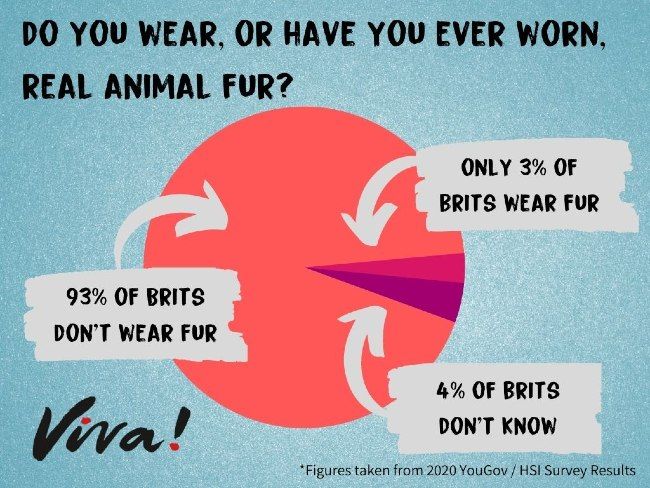
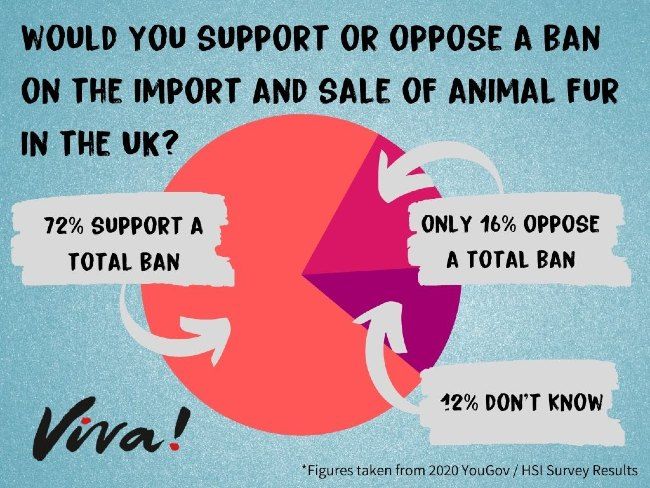
Fur farms were banned on the grounds they were unethical and immoral, yet hypocritically, the UK outsources its cruelty, still allowing fur to be imported from abroad. In 2017, the UK imported £63 million worth of fur and articles with fur.16House of Commons. 2018. Fur trade in the UK: Seventh Report of Session 2017–19. Available at: https://publications.parliament.uk/pa/cm201719/cmselect/cmenvfru/823/823.pdf [Accessed 4 December 2020]. Most of the fur the UK imports comes from European countries, notably Denmark and Poland, where farmed foxes, mink, chinchillas and rabbits are the main victims.8House of Commons. 2018. Fur trade in the UK: Seventh Report of Session 2017–19. Available at: https://publications.parliament.uk/pa/cm201719/cmselect/cmenvfru/823/823.pdf [Accessed 4 December 2020].
In addition to animals such as mink, foxes, rabbits and chinchillas, the UK also imports fur from a number of “controlled species” as detailed below:6Gov.uk. 2018. Guidance : mporting animal furs and skins – export of fish [online] Available: https://www.gov.uk/guidance/importing-animal-furs-skins-and-fish#:~:text=The%20fur%20and%20skin%20of,you%20have%20a%20valid%20permit [Accessed 2 March 2022].
| Source country | Animal fur allowed to be imported |
| Belize | Raccoon |
| Bulgaria | Wolf |
| Canada | Coyote, wolf, beaver, bobcat, otter, lynx, marten, fisher, ermine, musk rat, raccoon, badger |
| Czechia | Wolf, ermine, musk rat |
| El Salvador | Raccoon |
| Greenland | Wolf |
| Hungary | Ermine, musk rat |
| Jordan | Wolf |
| Lebanon | Wolf |
| Mexico | Wolf, coyote, beaver, bobcat, musk rat, raccoon, badger |
| Moldova | Wolf, ermine |
| Nicaragua | Raccoon |
| Norway | Wolf, ermine, musk rat |
| Pakistan | Wolf, ermine |
| Panama | Raccoon |
| People’s Republic of China | Wolf, sable, ermine, musk rat |
| Poland | Wolf, sable, ermine, musk rat |
| Republic of Korea | Sable, wolf |
| Republic of Slovenia | Wolf, musk rat |
| Romania | Wolf |
| Russia | Wolf, sable, ermine, musk rat, raccoon |
| Slovak Republic | Wolf, sable, ermine |
| Turkey | Wolf |
| USA | Coyote, wolf, beaver, bobcat, otter, lynx, marten, fisher, ermine, musk rat, raccoon, badger |

Fur comes from either animals on fur farms or from those wild-trapped. Fur farms supply 85% to 95% of the fur with the rest coming from animals trapped in the wild.1Humane Society International. Political Briefing Paper One: The case for a ban on the UK fur trade. Available at: https://www.furfreebritain.uk/resources/HSI-Political-Briefing-One-The-case-for-a-ban-on-the-UK-fur-trade.pdf [Accessed 4 December 2020].2Peterson, L. A. 2010. Detailed Discussion of Fur Animals and Fur Production. Animal Legal & Historical Center. Available at: https://www.animallaw.info/article/detailed-discussion-fur-animals-and-fur-production [Accessed 4 December 2020].
Fur Farms
Fur from mink, foxes and rabbits usually comes from a fur farm.
Mink and foxes spend their short lives imprisoned in crowded wire mesh cages deprived of any means to carry out their natural behaviours. The dirty, barren cages occasionally have a nest box but very little else. Keeping carnivorous animals in such close quarters often results in fighting, wounds and infection.1Humane Society International. Political Briefing Paper One: The case for a ban on the UK fur trade. Available at: https://www.furfreebritain.uk/resources/HSI-Political-Briefing-One-The-case-for-a-ban-on-the-UK-fur-trade.pdf [Accessed 4 December 2020].
Animals on fur farms often display abnormal behaviour due to the unnatural conditions. Mink and foxes have been shown to compulsively chew their fur and bite their tails out of desperation. According to Pickett and Harris, mink and foxes often “display locomotor stereotypies which typically involve pacing along the cage wall, vertical rearing in a cage corner, repetitive circling or nodding of the head/front half of the body, and/or repeatedly entering and leaving the nest-box.”3Pickett, H. & Harris, S. 2015. The Case Against Fur Factory Farming: A Scientific Review of Animal Welfare Standards and ‘WelFur’. Respect for Animals. Available at: https://www.furfreealliance.com/wp-content/uploads/2015/11/Case-against-fur-farming.pdf [Accessed 4 December 2020]. These heart-breaking behaviours are not witnessed in the wild, or even zoos, but speak to the wholly unnatural and stressful conditions on fur farms.
In its report The Fur Trade in the UK, the House of Commons noted that: “fur farms routinely lead to animals enduring physical suffering, and denial of animals’ key behavioural needs and positive social interactions leads to psychological suffering.”4House of Commons. 2018. Fur trade in the UK: Seventh Report of Session 2017–19. Available at: https://publications.parliament.uk/pa/cm201719/cmselect/cmenvfru/823/823.pdf [Accessed 4 December 2020].
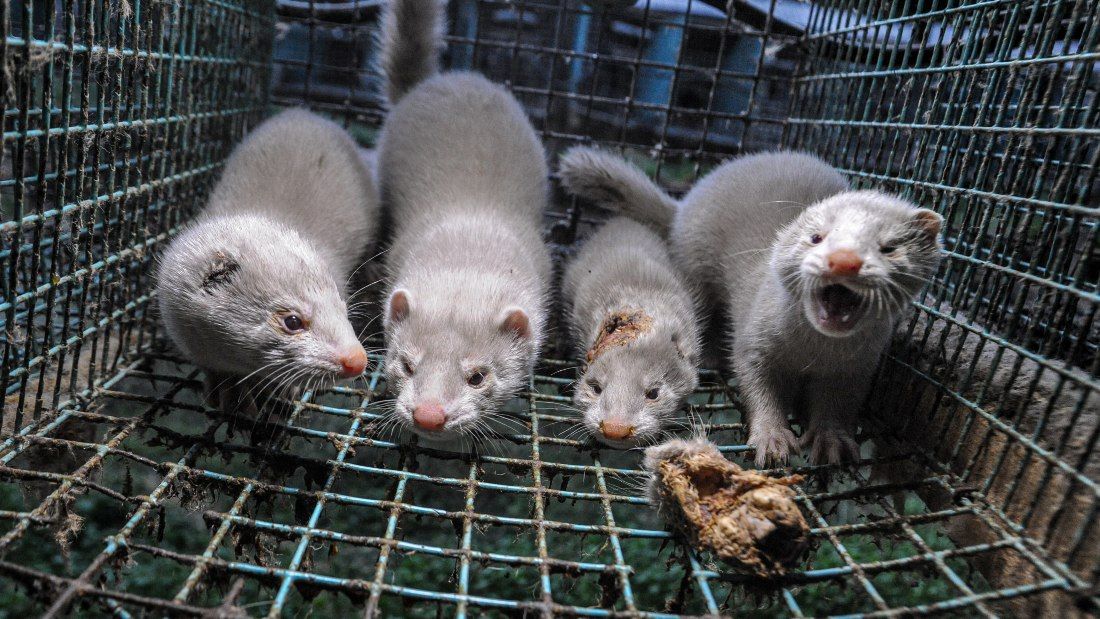
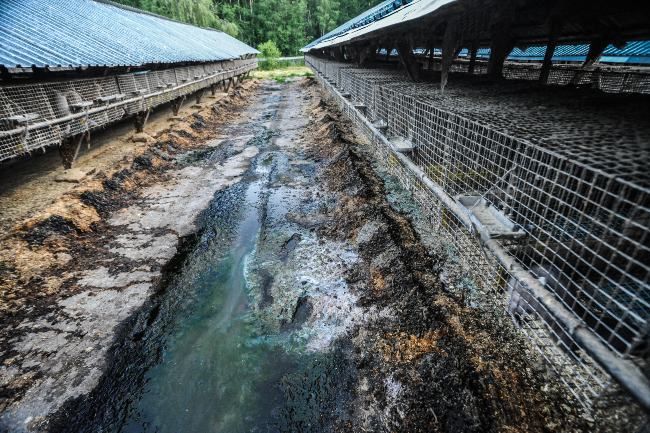
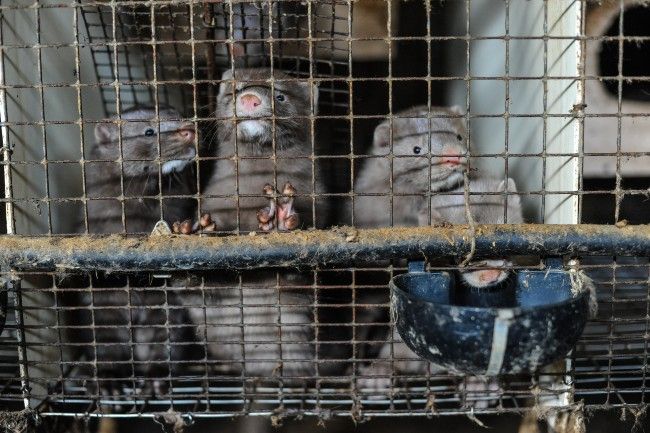
How the animals are killed on fur farms
Mink are usually callously killed by gassing with carbon dioxide (CO₂) or carbon monoxide (CO). A mobile killing box is usually wheeled alongside the cages and the victims are dragged from their cage by the neck, shoved into the box and gassed.3Pickett, H. & Harris, S. 2015. The Case Against Fur Factory Farming: A Scientific Review of Animal Welfare Standards and ‘WelFur’. Respect for Animals. Available at: https://www.furfreealliance.com/wp-content/uploads/2015/11/Case-against-fur-farming.pdf [Accessed 4 December 2020]. Because mink are semi-aquatic animals, they can hold their breath for up to 36 minutes.5Bagniewska, J.M., Harrington, L.A., Hart, T. et al. 2015. Persistence in diving American mink. Anim Biotelemetry 3, 18. Available at: https://doi.org/10.1186/s40317-015-0057-4 [Accessed 22 December 2020]. This means their deaths are cruelly prolonged and far from instant, with a second gassing sometimes needed to kill them.6Carstensen, T. and Kevany, S. 2020. Danish Covid mink cull and future disease fears will kill fur trade, say farmers. The Guardian. Available at: https://www.theguardian.com/environment/2020/nov/06/danish-covid-mink-cull-and-future-disease-fears-will-kill-fur-trade-say-farmers [Accessed 22 December 2020].
Foxes have it no better and are usually killed by electrocution. Each animal is restrained in neck tongues while electrodes are attached to their mouth and rectum. “A minimum current of 0.3 amperes and a minimum voltage of 110 volts” passes through the animal’s poor, convulsing body for at least three seconds. As the foxes are not sedated prior to electrocution, they often struggle for their lives, making their death longer and more painful than is deemed ‘acceptable’.3Pickett, H. & Harris, S. 2015. The Case Against Fur Factory Farming: A Scientific Review of Animal Welfare Standards and ‘WelFur’. Respect for Animals. Available at: https://www.furfreealliance.com/wp-content/uploads/2015/11/Case-against-fur-farming.pdf [Accessed 4 December 2020].

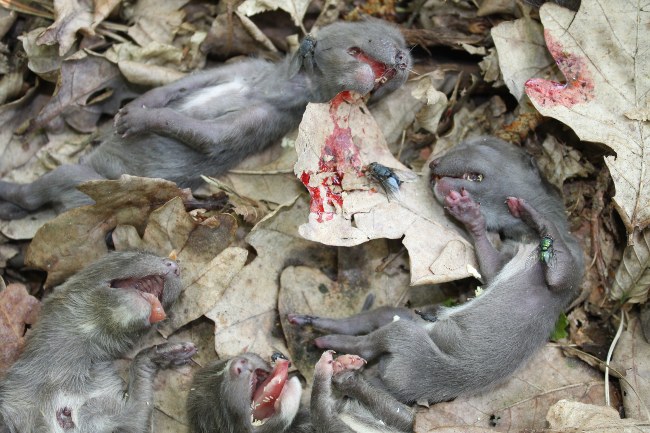
Trapping
The five million animals who are wild-trapped each year7Fur Free Alliance. 2020. ‘Trapping’. Available at: https://www.furfreealliance.com/trapping/ [Accessed 4 December 2020]. face a different kind of torture.
Most of this torture takes place in the US, Canada and Russia. Animals are trapped in either:
- leghold traps: steel jaws which lock around the animal’s ankle
- conibear traps: which clamp around the animal’s neck, crushing and strangling them
- neck snares: which tighten around the animal’s neck, strangling them and cutting into their throat
The trappers target most animals at the beginning of winter when their fur is the thickest, and attract the animals to their deaths using baited, concealed traps.18Peterson, L. A. 2010. Detailed Discussion of Fur Animals and Fur Production. Animal Legal & Historical Center. Available at: https://www.animallaw.info/article/detailed-discussion-fur-animals-and-fur-production [Accessed 4 December 2020].
These traps rarely kill the animals outright so they are left writhing and struggling for days trying to free themselves. If they are not attacked and ripped apart by another predator, they often bleed to death trying to escape the trap. Many even resort to chewing their foot off to free themselves.8Born Free USA. 2020. ‘Trapping’. Available at: https://www.bornfreeusa.org/campaigns/trapping/ [Accessed 4 December 2020].
Of course, the trap can’t control who gets caught in it so often other unintended animals are killed and discarded by the trappers. “Each year, traps in the United States injure and kill millions of “nontarget” animals—domestic dogs and cats, rabbits, deer, songbirds, raptors, livestock, and even endangered species.”7Fur Free Alliance. 2020. ‘Trapping’. Available at: https://www.furfreealliance.com/trapping/ [Accessed 4 December 2020].
The EU banned the importation of fur from 13 species of animals “originating in countries where they are caught by leg-hold traps or trapping methods that do not meet international standards of humane trapping.” These are:9Gov.uk. 2018. Guidance: Importing animal furs and skins – export of fish. Available: https://www.gov.uk/guidance/importing-animal-furs-skins-and-fish#:~:text=The%20fur%20and%20skin%20of,you%20have%20a%20valid%20permit [Accessed 3 March 2022].
| Badger | Beaver | Bobcat | Coyote | Ermine |
| Fisher | Lynx | Marten | Musk rat | Raccoon |
| Otter | Sable | Wolf |
However, despite the EU and China banning steel-jaw leghold traps, in the United States, “steel-jaw traps are not only legal, they are the go-to tool for trappers who capture and kill millions of wild animals a year for the global fur market.”7Fur Free Alliance. 2020. ‘Trapping’. Available at: https://www.furfreealliance.com/trapping/ [Accessed 4 December 2020]. According to the UK Government: “The furs of animals caught in leg-hold traps are also prohibited for import into the UK unless accompanied by either certification that confirms origination in an approved-source country, or a valid import or export permit issued for endangered species which may also be accepted as certification.” So even though steel-jaw leghold traps have been deemed inhumane, all of the above animal furs can be legally imported into the UK from the US as it is an “approved source country”.9Gov.uk. 2018. Guidance: Importing animal furs and skins – export of fish. Available: https://www.gov.uk/guidance/importing-animal-furs-skins-and-fish#:~:text=The%20fur%20and%20skin%20of,you%20have%20a%20valid%20permit [Accessed 3 March 2022].
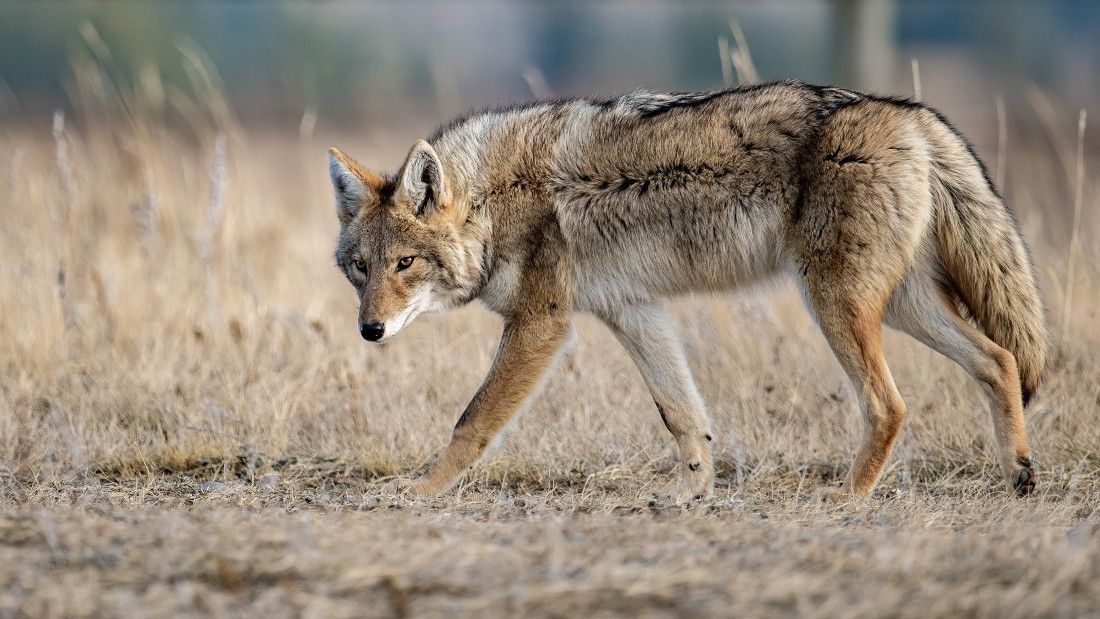
Find out more about Viva! Poland's fur campaign here
There is no humane way to forcibly remove the skin from an animal who doesn’t want to die.
As you can see from the methods used on fur farms and to trap wild animals, the welfare of the animals carries no consideration. Even Mike Moser, the former CEO of the British Fur Trade Association, wants fur banned after witnessing the cruelty on fur farms. He described fur farming as “anachronistic, barbaric and unnecessary”.1Farhoud, N. 2020. “Ex-boss of British Fur Trade pleads ‘ban it’ after cruelty reduced him to tears”. The Mirror. Available at: https://www.mirror.co.uk/news/uk-news/ex-boss-british-fur-trade-22650898 [Accessed 4 December 2020].
Whether the animals are raised on a farm where they are imprisoned, gassed and electrocuted, or are caught in the wild with traps that rip into their skin and smash their bones, there is absolutely no argument to be made that the fur industry is humane.
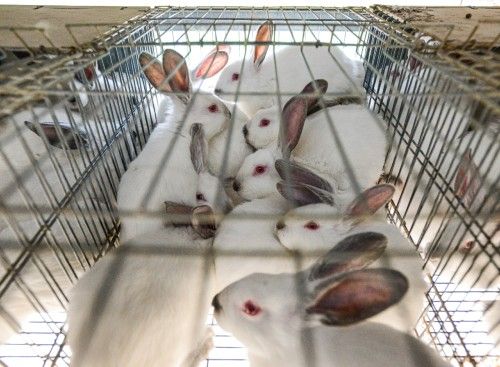
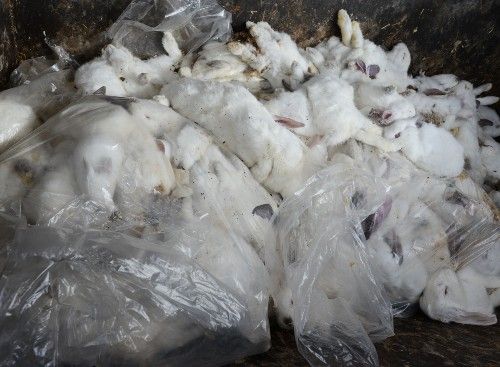
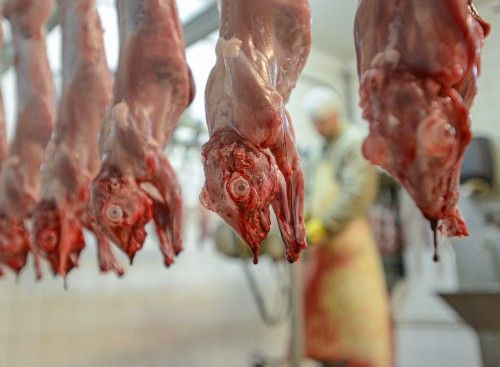

The fur industry often claims that as fur has natural origins, it is a sustainable, environmentally friendly product.2British Fur Association. ‘Sustainability’. Available at: http://britishfur.co.uk/sustainability/ [Accessed 4 December 2020]. This is pure greenwashing. The fur industry damages everything it touches.
Pollution and climate impact
Just like any intensive animal farm, be it pigs, cows or mink, fur farms are terrible for the environment:
“Intensive fur farms produce tons of manure, producing greenhouse emissions, nutrients flows, loss of biodiversity and attracting armies of flies. Waste runoff from intensive fur factory farms is a major pollution problem, contaminating soil and waterways.”3Fur Free Alliance. 2020. ‘Local Pollution’. Available at: https://www.furfreealliance.com/local-pollution/ [Accessed 4 December 2020].
From the fuel used by trappers, to the running of the farm, the storage of the furs and the transportation of the skins around the world, the fur industry is highly energy intensive.4Fur Free Alliance. 2020. ‘Climate impact’. Available at: https://www.furfreealliance.com/climate-impact/ [Accessed 4 December 2020]. Even Jesper Lauge Christensen, CEO of Kopenhagen Fur admits the fur industry needs to find a way to emit less CO₂.5Biondi, A. 2019. ‘The Fur Industry is Fighting Back’. Vogue Business. Available at: https://www.voguebusiness.com/sustainability/materials-fur-industry-faux-vegan-prada-chanel-yoox-net-a-porter-burberry [Accessed 4 December 2020]. Faux fur, on the other hand, uses 20 percent less energy than real fur to produce.6Hoskins, T. 2013. ‘Is the fur trade sustainable?’. The Guardian. Available at: https://www.theguardian.com/sustainable-business/sustainable-fashion-blog/is-fur-trade-sustainable [Accessed 4 December 2020].
A 2011 report, written by an independent research and consultancy organisation, concluded that every kilogram of fur produced has “a relatively large environmental footprint” due to the inefficiency of the feed conversion.7Bijleveld, M., Korteland, M. & Sevenster, M. 2011. The environmental impact of mink fur trade. Delft [online] Available: https://www.furfreealliance.com/wp-content/uploads/2021/06/CE-Delft-The-environmental-impact-of-mink-fur-production.pdf [Accessed 10 March 2022]. Advocates of real fur love to repeated slam faux fur for its supposed unsustainability (and it’s not perfect) but the 2011 report strongly concluded:
“Even in a conservative approach, the environmental impacts of 1 kg fur (…) are a factor 2 to 28 times higher than those of common textiles. This is a very clear and consistent result, with indicator categories all pointing in the same direction.”7Bijleveld, M., Korteland, M. & Sevenster, M. 2011. The environmental impact of mink fur trade. Delft [online] Available: https://www.furfreealliance.com/wp-content/uploads/2021/06/CE-Delft-The-environmental-impact-of-mink-fur-production.pdf [Accessed 10 March 2022]. The results are in and real fur is NOT sustainable.
Toxic fur
Fur doesn’t just come directly from the back of an animal to the clothes rail. Like denim and leather, it undergoes various harsh chemical treatments to preserve it from decay and make it ‘suitable’ for clothing. Actually, these processes make it very unsuitable for clothing.
Carcinogenic chemicals such as formaldehyde, chromium and ammonia are used, posing a health risk to the workers and to the wearers of the clothes.8The Humane Society of the United States. 2009. TOXIC FUR: The Impacts of Fur Production on the Environment and the Risks to Human Health. Available at: https://www.furfreealliance.com/wp-content/uploads/2019/09/HSUS_EN_Toxic-fur-Report-2009.pdf [Accessed 4 December 2020]. Six studies of fur across Europe, carried out between 2011 and 2015 found that: “All results indicated some presence of chemicals dangerous to human health, in many cases at alarming levels which exceeded legal limits.”9ACT Asia. 2018. Toxic Fur: A global issue. Available at: https://www.actasia.org/wp-content/uploads/2018/11/Toxic-Fur_6.1.pdf [Accessed 4 December 2020]. The World Bank found that “This hazardous process has led to fur dressing being ranked as one of the world’s five worst industries for toxic-metal pollution”6Hoskins, T. 2013. ‘Is the fur trade sustainable?’. The Guardian. Available at: https://www.theguardian.com/sustainable-business/sustainable-fashion-blog/is-fur-trade-sustainable [Accessed 4 December 2020]. and processes like these have led to the US Environmental Protection Agency (EPA) fining fur processing plants for causing high levels of pollution and for using solvents that “may cause respiratory problems, and are listed as possible carcinogens.”8The Humane Society of the United States. 2009. TOXIC FUR: The Impacts of Fur Production on the Environment and the Risks to Human Health. Available at: https://www.furfreealliance.com/wp-content/uploads/2019/09/HSUS_EN_Toxic-fur-Report-2009.pdf [Accessed 4 December 2020].
Biodiversity and wildlife loss
The fur industry also has a direct negative impact on biodiversity and wildlife loss.
Firstly, traps kill indiscriminately, claiming the lives of local wildlife, referred to as “trash” by the trappers. The grey wolf is just one example of an endangered animal frequently caught in coyote snares. Other victims include the lynx and bald eagle.8The Humane Society of the United States. 2009. TOXIC FUR: The Impacts of Fur Production on the Environment and the Risks to Human Health. Available at: https://www.furfreealliance.com/wp-content/uploads/2019/09/HSUS_EN_Toxic-fur-Report-2009.pdf [Accessed 4 December 2020].
Fur farms also upset the natural equilibrium of local ecosystems when animals escape and establish themselves in the wild, as is the case with the American mink in Europe. The European mink and polecats struggle to compete with the more generalist and aggressive American counterpart, which also decimates local bird populations.10European Environment Agency. 2012. The impacts of invasive alien species in Europe. EEA. Available at: https://www.eea.europa.eu/publications/impacts-of-invasive-alien-species [Accessed 4 December 2020].11Fur Free Alliance. 2020. ‘Impact on Biodiversity’. Available at: https://www.furfreealliance.com/impact-on-biodiversity/ [Accessed 4 December 2020].
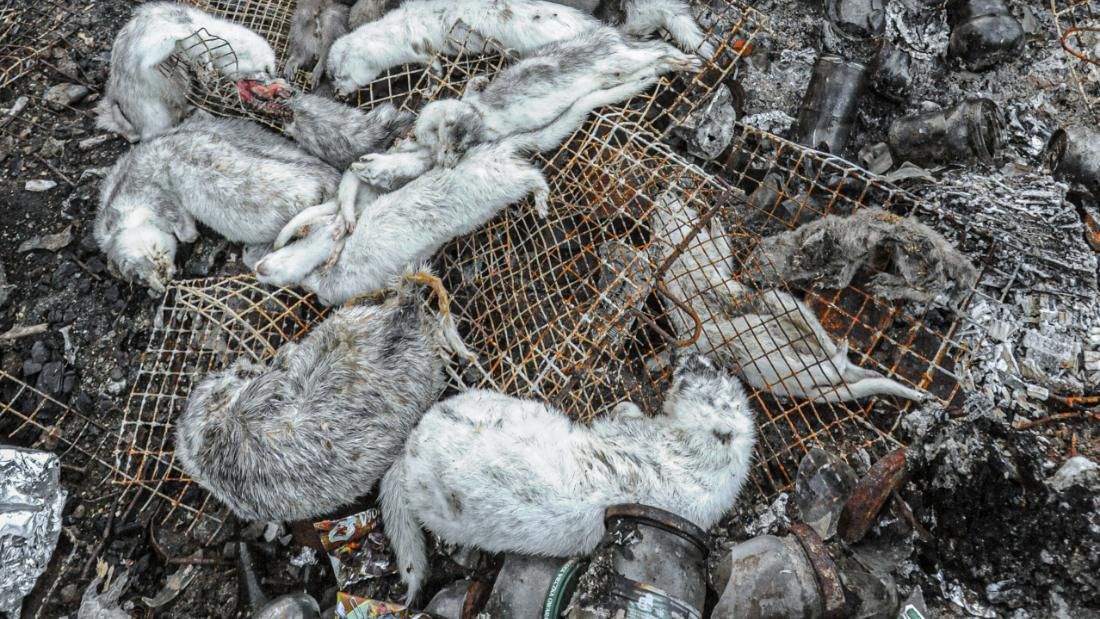
Anywhere that houses large quantities of animals in cramped and unsanitary conditions is going to risk spreading disease, to both animals and humans.
In 2020, Denmark’s fur farms hit the headlines when a unique strain of Covid-19 was detected in mink populations and found to have directly infected 12 people. Denmark immediately started culling 17 million of the animals.1World Health Organization. 2020. SARS-CoV-2 mink-associated variant strain – Denmark. Available at: https://www.who.int/csr/don/06-november-2020-mink-associated-sars-cov2-denmark/en/ [Accessed 22 December 2020]. The fear was that as the coronavirus jumps from humans to mink and then back to humans, it could mutate making any vaccine ineffective. However, in a rushed effort to control the outbreak the dead mink were not buried safely so needed to be exhumed and incinerated as “corporate waste”.2Buttler, M. 2020. Denmark to dig up millions of dead mink after rushed cull. Bloomberg. Available at: https://www.bloomberg.com/news/articles/2020-12-20/denmark-to-dig-up-millions-of-dead-mink-after-botched-cull [Accessed 22 December 2020]. These are not “corporate waste” they are the bodies of millions of murdered sentient beings.
What makes a Covid-19 outbreak on a mink farm even more concerning than if it had happened anywhere else, is that, unlike pigs and cows for example, mink are adept escape artists. Over the years, many mink have absconded their cruel prisons and established themselves in the wild. Should an infected animal do this, coronavirus could continue mutating in wild mink populations potentially becoming more virulent, undetected for years, until one day it finds a human host and a new, even deadlier, pandemic begins. In fact, in mid December 2020, the International Society for Infectious Diseases issued an alert as SARS-Cov-2 had been detected in a wild mink in Utah, in the vicinity of a fur farm.3DeLiberto, T. 2020. CORONAVIRUS DISEASE 2019 UPDATE (536): ANIMAL, USA (UTAH) WILD MINK, FIRST CASE. Pro-MED. Available at: https://promedmail.org/promed-post/?id=8015608 [Accessed 31 December 2020]. Judging by how difficult the coronavirus has been to control in human populations, we can assume it will be even harder to contain in wild animals, who have no concept of social distancing.
But Denmark was not alone. Fur farms across the globe were facing the same problem. Coronavirus outbreaks were detected in mink farms in the US (Utah, Wisconsin and an ever-increasing number of states), Canada, Spain, the Netherlands, Sweden, Italy, Greece and Lithuania.4Centers for Disease Control & Prevention. 2020. ‘COVID-19 and Animals’. CDC. Available at: https://www.cdc.gov/coronavirus/2019-ncov/daily-life-coping/animals.html [Accessed 4 December 2020].4Schlanger, Z. 2020. The Mink Pandemic Is No Joke. The Atlantic. Available at: https://theatlantic.com/health/archive/2020/12/minks-pandemic/617476/ [Accessed 29 December2020].
As of the beginning of December 2020, 644 people linked to mink farms had contracted Covid-19 and 338 more, who work with mink skins, had also tested positive. The strain of Covid-19 that first appeared in mink has infected over 300 people in Denmark.5Schlanger, Z. 2020. The Mink Pandemic Is No Joke. The Atlantic. Available at: https://theatlantic.com/health/archive/2020/12/minks-pandemic/617476/ [Accessed 29 December2020].
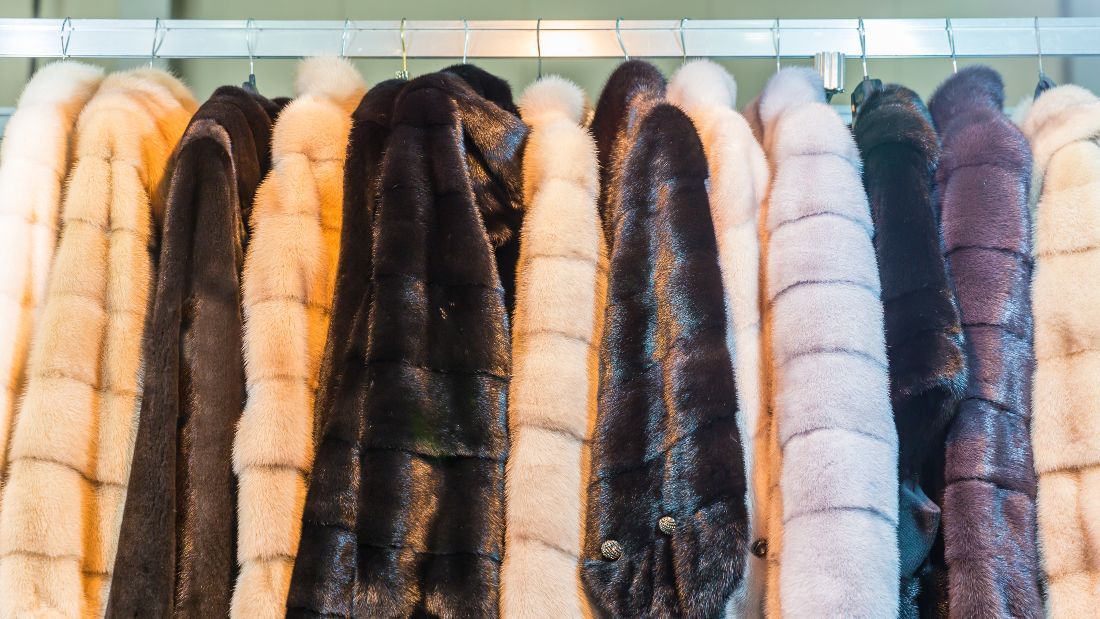
Although largely shunned by the British public, fur is still available on British high streets, usually in high-end fashion retailers such as Harrods and specialist boutiques.1Abnet, K. 2015. ‘Inside the Growing Global Fur Industry’. Business of Fashion. Available at: https://www.businessoffashion.com/articles/news-analysis/inside-the-growing-global-fur-industry [Accessed 4 December 2020]. Due to successful pressure campaigns by animal rights groups, many fashion designers and brands have stopped using fur but it is still an all-too-common sight in the clothing industry.
Canada Goose is one of the most famous brands to still use coyote fur as the trim of their parka hoods, although they claimed in their Sustainability Report that from 2022 they would stop killing animals for their fur and only use reclaimed fur that already exists in the supply chain.2Canada Goose. 2019. Sustainability Report 2019. Available at: https://www.canadagoose.com/on/demandware.static/-/Library-Sites-CG-Global/default/dw1f2c4bc8/pages/sustainability/CG_2019_CSR_Report_PDF_030620.pdf [Accessed 4 December 2020]. In June 2021, this decision was followed by a stronger promise to remove all fur from their products by the end of 2022.3Cochrane, L. 2021. Canada Goose Fashion Brand to Stop Using Fur by End of 2022. The Guardian. Available: https://www.theguardian.com/world/2021/jun/24/canada-goose-fashion-brand-to-stop-using-fur-by-end-of-2022 [Accessed 6 July 2021]. Canada Goose have always argued that their fur is sustainable and ethical, yet their decision to first stop trapping wild coyotes and then abandon fur altogether, shows that even they could no longer dismiss the abhorrent reality of the fur trade.
Fur often makes an unwelcome annual appearance on Christmas markets in the UK and Europe, as rabbit fur baubles on bags, shoes and scarves.
These brands continue to use or sell fur:4Assoune, A. 2022. 22 Shameless Fashion Brands Still Using Fur in 2022 [online] Available: https://www.panaprium.com/blogs/i/fashion-brands-fur [Accessed 4 March 2022].5Petter, O. 2022. Which Luxury Fashion Brands Still Sell Real Animal Fur? Independent [online] Available: https://www.independent.co.uk/life-style/fashion/fur-animal-fashion-brands-which-sell-b2009189.html [Accessed 4 March 2022].
| Alberta Ferreti | Alexander McQueen | Alexander Wang |
| Altuzarra | Arthur Galan | Balenciaga |
| Canada Goose | Caroline Herrera | Chloe |
| Dior | Fendi | Giambattista Valli |
| Harrods | Hermes | J Mendel |
| Karl Lagerfeld | Lisa Ho | Louis Vuitton |
| Marc Jacobs | Marni | Max Mara |
| Prada | Roberto Cavalli | Salvatore Ferragamo |
| Valentino | Yves Saint Lauren |
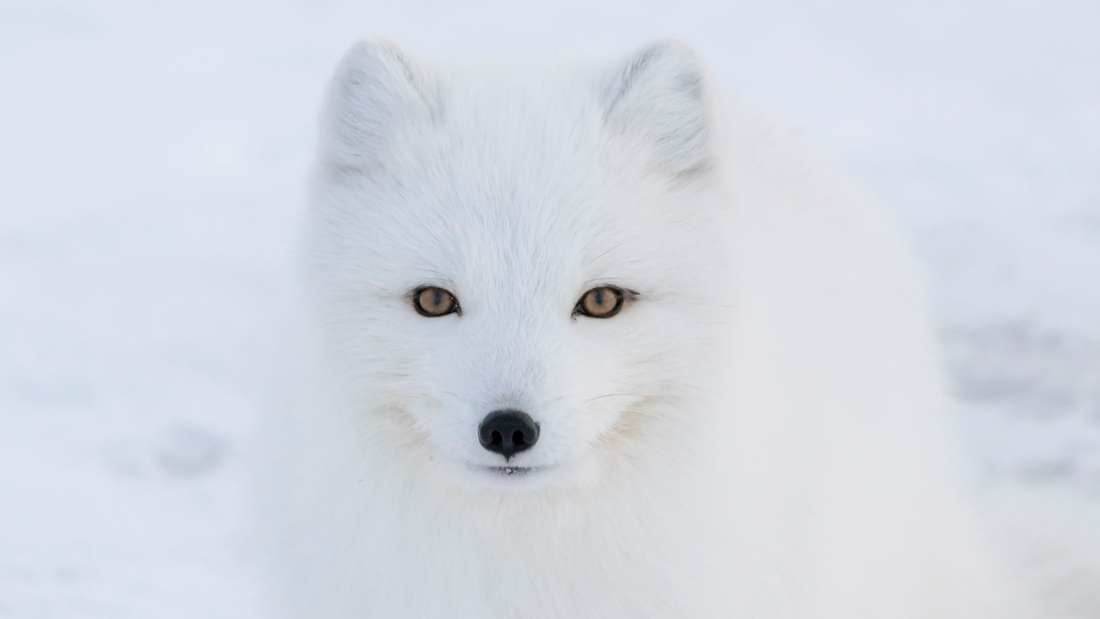
Despite the fur industry’s attempts to reinvent itself as sustainable and remain relevant to the more eco-conscious consumer, there is no doubt the fur trade is a dying industry in the UK and the rest of Europe.6Guy, J. 2020. ‘Coronavirus could drive the last nail into the mink fur trade’. CNN. Available at: https://edition.cnn.com/2020/10/18/world/mink-fur-farms-coronavirus-scli-intl/index.html [Accessed 4 December 2020].7Wiltowska, B. 2020. ‘The Polish fur industry is in crisis’. Anima International. Available at: https://animainternational.org/blog/the-polish-fur-industry-is-in-crisis [Accessed 4 December 2020]. This is marked by the many fashion designers disavowing fur and the public’s perception of it as “an inappropriate material”.8Biondi, A. 2019. ‘The Fur Industry is Fighting Back’. Vogue Business. Available at: https://www.voguebusiness.com/sustainability/materials-fur-industry-faux-vegan-prada-chanel-yoox-net-a-porter-burberry [Accessed 4 December 2020].
These are just some of the fashion houses that have scrapped fur:
| Nordstrom | Prada | Burberry |
| Versace | Gucci | Michael Kors |
| Armani | Tom Ford | Stella McCartney |
| Vivienne Westwood | Tommy Hilfiger | Ralph Lauren |
| Calvin Klein | DKNY | Jimmy Choo |
| The Kooples | Coach | Kate Spade |
| Furla | Lacoste | Maison Margiela |
Across the globe, legislation is coming into force or being considered to end fur farming:9Humane Society International. 2020. ‘The Fur Trade’. Available at: https://www.hsi.org/news-media/fur-trade/ [Accessed 4 December 2020]. 10Boring, N. 2020. France: French Government Announces Ban on Wild Animal Performances and Mink Farming. Library of Congress. Available at: https://www.loc.gov/law/foreign-news/article/france-french-government-announces-ban-on-wild-animal-performances-and-mink-farming/ [Accessed 30 December 2020].
| Country | Details of ban |
| Austria | Fur farming banned |
| Belgium | Fur farming banned |
| Bosnia & Herzegovina | Fur farming banned |
| Belgium | Fur farming banned |
| Brazil | Sao Paolo introduced a fur farming ban in 2014 |
| Croatia | Fur farming banned |
| Czechia | Fur farming banned |
| Denmark | Fur farming being phased out |
| France | Mink farming will be banned by 2025 |
| Germany | Welfare requirements on fur farms have been made so high as to effectively make fur farming economically unviable |
| India | Import and sale of fur is banned |
| Israel | Banned the sale of fur in 2021 |
| Italy | The remaining ten mink farms in Italy to close by June 2022 and fur farming and breeding of mink, foxes, raccoons and chinchillas banned |
| Japan | Fur farming being phased out |
| Lithuania | Currently considering fur farm ban legislation |
| Luxembourg | Fur farming banned |
| Netherlands | Fur farming banned/being phased out (fox farm ban 1995, chinchilla 1997, mink 2024) |
| New Zealand | The import of mink is prohibited, which effectively bans mink farming |
| Northern Ireland | Fur farming banned |
| Poland | Currently considering fur farm ban legislation |
| Republic of Ireland | Currently considering fur farm ban legislation |
| Republic of Macedonia | Fur farming banned |
| Serbia | Fur farmong banned |
| Slovenia | Fur farming banned |
| Sweden | Welfare requirements on fur farms have been made so high as to effectively make fur farming economically unviable |
| Switzerland | Welfare requirements on fur farms have been made so high as to effectively make fur farming economically unviable |
| United Kingdom | First country to ban fur farming, and it was meant to end the abysmal suffering of animals, however it still imports fur |
| United States | West Hollywood and Berkley in California have banned fur import or sale. Weston and Wellesley in Massachusetts and the city of Ann Arbor in Michigan banned fur sales in 2020 and 2021 |
China is the world’s largest producer and exporter of fur. Over 50 million animals including foxes (17.3m), minks (20.7m), rabbits, raccoon dogs (12.3m) and cats are tortured and killed annually for their fur.9Humane Society International. 2020. ‘The Fur Trade’. Available at: https://www.hsi.org/news-media/fur-trade/ [Accessed 4 December 2020]. And despite the UK’s ban on fur farming, it still imports fox, mink, rabbit, wolf, sable, ermine and musk rat fur from China.11Gov.uk. 2018. Guidance: Importing animal furs and skins – export of fish [online] Available: https://www.gov.uk/guidance/importing-animal-furs-skins-and-fish#:~:text=The%20fur%20and%20skin%20of,you%20have%20a%20valid%20permit. [Accessed 2 March 2022].
There are no welfare laws in China so the victims of this cruel industry are subjected to unimaginable pain and suffering. All animals are kept in rows of tiny wire cages, inducing many pathological behaviours. Before they are slaughtered, they are often transported miles to a wet market, in terrible conditions, to be hung from the hind legs and skinned from the belly. Many animals will be completely conscious and writhing in agony throughout this nightmarish process.12Swiss Animal Protection. Dying for Fur – Inside the Chinese Fur Trade [online] Available: https://www.animal-protection.net/furtrade/index.html [Accessed 2 March 2022]. Investigations have revealed workers stomping on the heads of animals struggling to survive and resisting the knife. Even after they’ve been skinned and had their furless body tossed aside, many are still breathing, in agony as they die an excruciating death.13Peta. 2022. The Chinese Fur Industry [online] Available: https://www.peta.org/issues/animals-used-for-clothing/fur/chinese-fur-industry/ [Accessed 2 March 2022].
The lack of regulations – both for the animals and the underpaid and mistreated workers – means that many Western countries, including the UK and the US, more interested in profit margins than morality, source their fur from China.14Bale, R. 2016. Fur Farms Still Unfashionably Cruel, Critics Say. National Geographic [online] Available: https://www.nationalgeographic.com/animals/article/wildlife-china-fur-farming-welfare [Accessed 2 March 2022]. The UK allows fox, mink, rabbit, wolf, sable, ermine and musk rat fur to be imported from China, but fur from domestic cats and dogs is illegal..11Gov.uk. 2018. Guidance: Importing animal furs and skins – export of fish [online] Available: https://www.gov.uk/guidance/importing-animal-furs-skins-and-fish#:~:text=The%20fur%20and%20skin%20of,you%20have%20a%20valid%20permit. [Accessed 2 March 2022]. However, these furs still find their way into UK shops, either mislabeled as a different species or sold as faux fur. For example, cat fur was found on sale by the fashion brand Missguided in 2017, and House of Fraser, Lily Lulu and Amazon were all selling real fur from foxes, minks, rabbits and raccoon dogs under the guise of fake.15BBC News. 2017. ‘Fake’ fur sold on UK high street found to contain cat fur [online] Available: https://www.bbc.com/news/newsbeat-39553061 [Accessed 2 Match 2022].
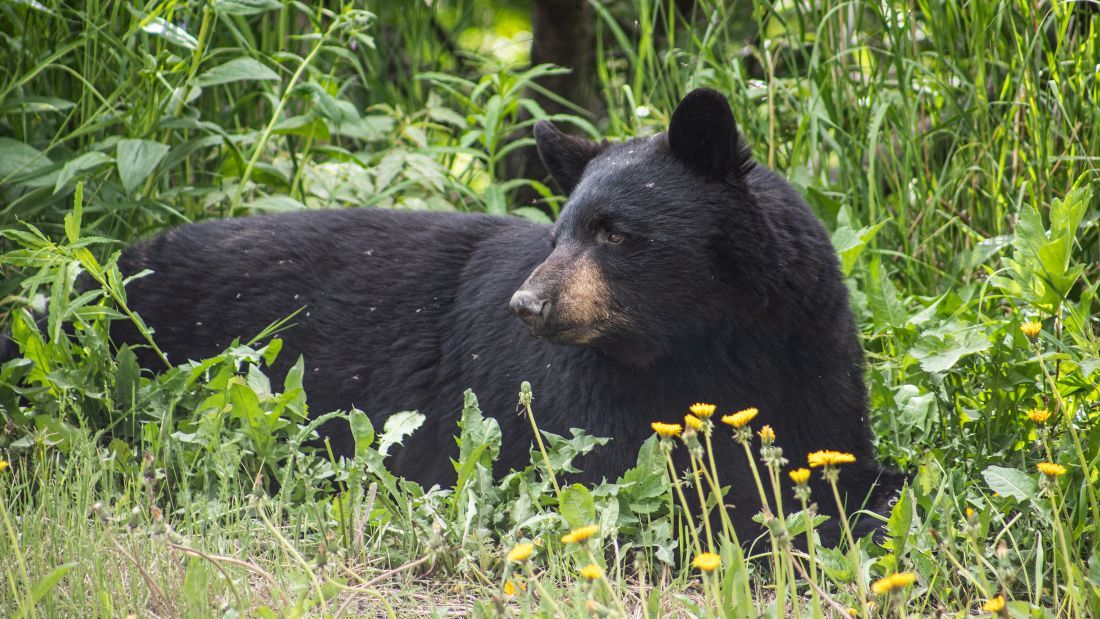
Until 1999 it was legal to hunt and kill Canadian black bears, chased down by dogs and shot, as they sleepily emerged from their winter hibernation. As with the ‘free-shooting’ of badgers in the UK badger cull, black bears are baited into the open with scraps of food, where they are shot and brought to the ground by large bear-hunting dogs.
Those in favour of the hunt, claim it is a necessary cull to control ‘nuisance’ bears. There is no evidence to support this claim and all it does is create hundreds of orphaned bear cubs every year, after their mothers are violently taken from them.16ontariospringbearhunt.ca. Why the Spring Bear Hunt? [online] Available: http://www.ontariospringbearhunt.ca/ [Accessed 4 March 2022]. Unable to fend for themselves, the cubs starve to death or become easy prey for other wild animals, such as wolves and coyotes.
In 1999, thanks to the hard work of animal rights campaigners, the Canadian Minister, John Snobelen, announced an end to the spring bear hunt. However, only four years later, in 2013, Ontario’s Premier, Kathleen Wynne ignored the science and reintroduced bear hunting in Ontario to allegedly gain votes.17Animal Alliance of Canada. 2022. Spring Bear Hunt in Ontario [online] Available: https://www.animalalliance.ca/campaigns/other-campaigns/spring-bear-hunt-ontario/ [Accessed 4 March 2022].
And what’s this got to do with the UK? The tall, furry, black hats worn by the Queen’s guard are made from “bearskin” – the skin and fur from black bears slaughtered in Canada. Every year, the British Army imports one hundred skins to make new hats.18Oughton, J. 2022. Are The Queen’s Guard’s ‘Bearskin’ Hats Really Made Of Bearskin? Londonist [online] Available: https://londonist.com/london/secret/are-the-queen-s-guard-s-bearskin-hats-really-made-of-bearskin [Accessed 4 March 2022]. Even though the army has been offered alternative materials, including one version by Stella McCartney, so far they refuse to ditch the fur. Some say it’s because the alternatives don’t meet all the necessary requirements but others say the Defence Secretary, Ben Wallace, is just “very anti-change”.19Gant, J. 2021. Army will keep iconic bearskin hats worn by Queen’s Guard after MoD rejected fake version proposed by animal rights group Peta amid calls for total ban on real fur sales. Mail Online [online] Available: https://www.dailymail.co.uk/news/article-10304325/Army-bearskin-hats-worn-Queens-Guard-MoD-rejected-fake-version-proposed-Peta.html [Accessed 4 March 2022]. Clearly this is not a good reason to justify the suffering of thousands of wild bears.

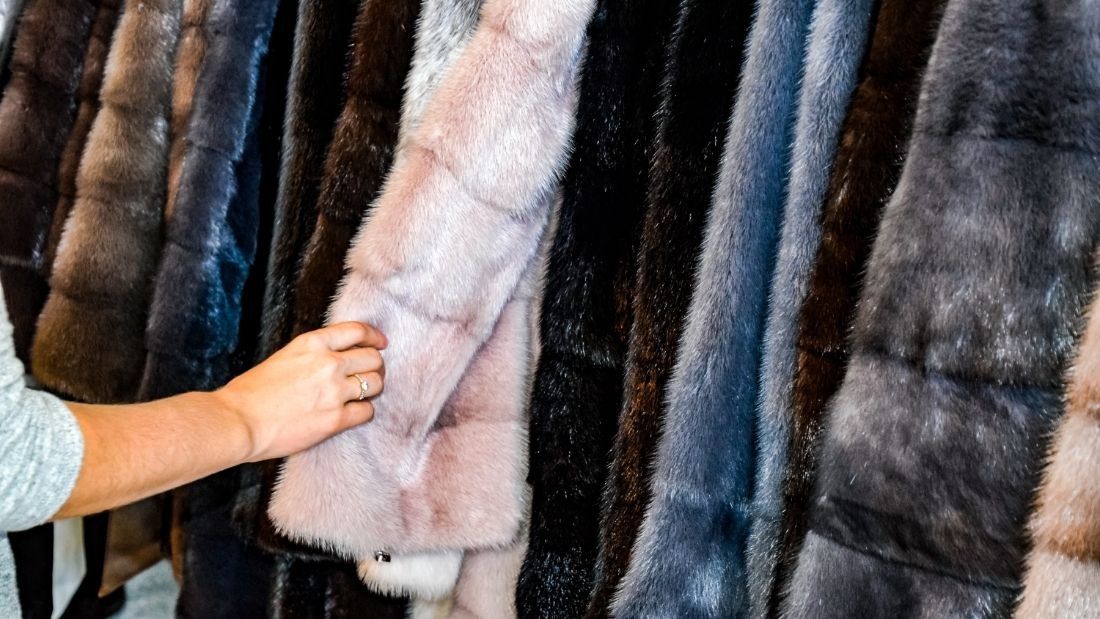
Many people still like the look and soft feel of fur, even if they don’t want to wear what belongs to an animal. Luckily today there are plenty of faux furs available. Biondi tells us “…across the UK and US, ‘vegan’ products in stock have increased by 258 per cent year-on-year, most prominently in the footwear, accessories and outerwear categories.”8Biondi, A. 2019. ‘The Fur Industry is Fighting Back’. Vogue Business. Available at: https://www.voguebusiness.com/sustainability/materials-fur-industry-faux-vegan-prada-chanel-yoox-net-a-porter-burberry [Accessed 4 December 2020].
And just as lab grown meats may offer an alternative to farming animals, there is also hope for lab grown fur. Gambrell et al argue that “the benefits such technology could bring to animals in the fur industry are too great to be ignored.”20Gambrell, R., Javanaud, K. and Sanghani, H. 2018. The Case for Ethical Fur: Is In Vitro Fur a Viable Alternative? Journal of Animal Ethics 8(2) pp. 229–235. Available at: https://doi.org/10.5406/janimalethics.8.2.0229 [Accessed 4 December 2020].
Be careful though – retailers including Amazon and TK Maxx have been found selling real fur as faux fur21Kentish, B. 2017. ‘Major UK retailers exposed for selling real animal fur advertised as fake’. Independent. Available at: https://www.independent.co.uk/news/uk/home-news/uk-retailers-selling-fur-faux-fox-rabbit-shoes-coat-amazon-groupon-boohoo-tk-maxx-a8121241.html [Accessed 4 December 2020]. as fur traders try to sneak their product onto the market under the radar.22House of Commons. 2018. Fur trade in the UK: Seventh Report of Session 2017–19. Available at: https://publications.parliament.uk/pa/cm201719/cmselect/cmenvfru/823/823.pdf [Accessed 4 December 2020].
Here’s how to spot real fur:
| Examine the tips | The tips of natural hairs are tapered and pointed whereas faux fur tens to be blunt. Real fur also moves slightly differently in the wind – imagine a magnificent arctic fox’s coat being blown by the breeze. |
| Burn it | One of the easiest ways to tell the difference is to burn a strand of the hair. Real hair singes and gives off a distinctive ‘burning hair’ smell. Faux fur usually melts and solidifies again, often giving of a plastic-smelling scent. |
| Look for skin | Real fur is attached to skin so if you part the hair, you’ll be able to see if it is coming from real skin or an artificial base. Real skin will be more inconsistent and will have pores.. |
| Beware of buying online | The same labelling laws don’t apply online as they do in shops. Therefore, it can be harder to tell if the item is real or faux. If you can, check with the seller before buying (especially if it’s coming from China). |
| Don’t be fooled by price | Real fur isn’t always expensive. Much of the fur for sale on high streets is small and affordable, such as a fur pom poms and bobble hats. Fur from market stalls is often cheap because it could come from bulk imports, has little quality control and they just want to sell it. |
| Don’t buy it | If you’re not sure, don’t buy it. |

